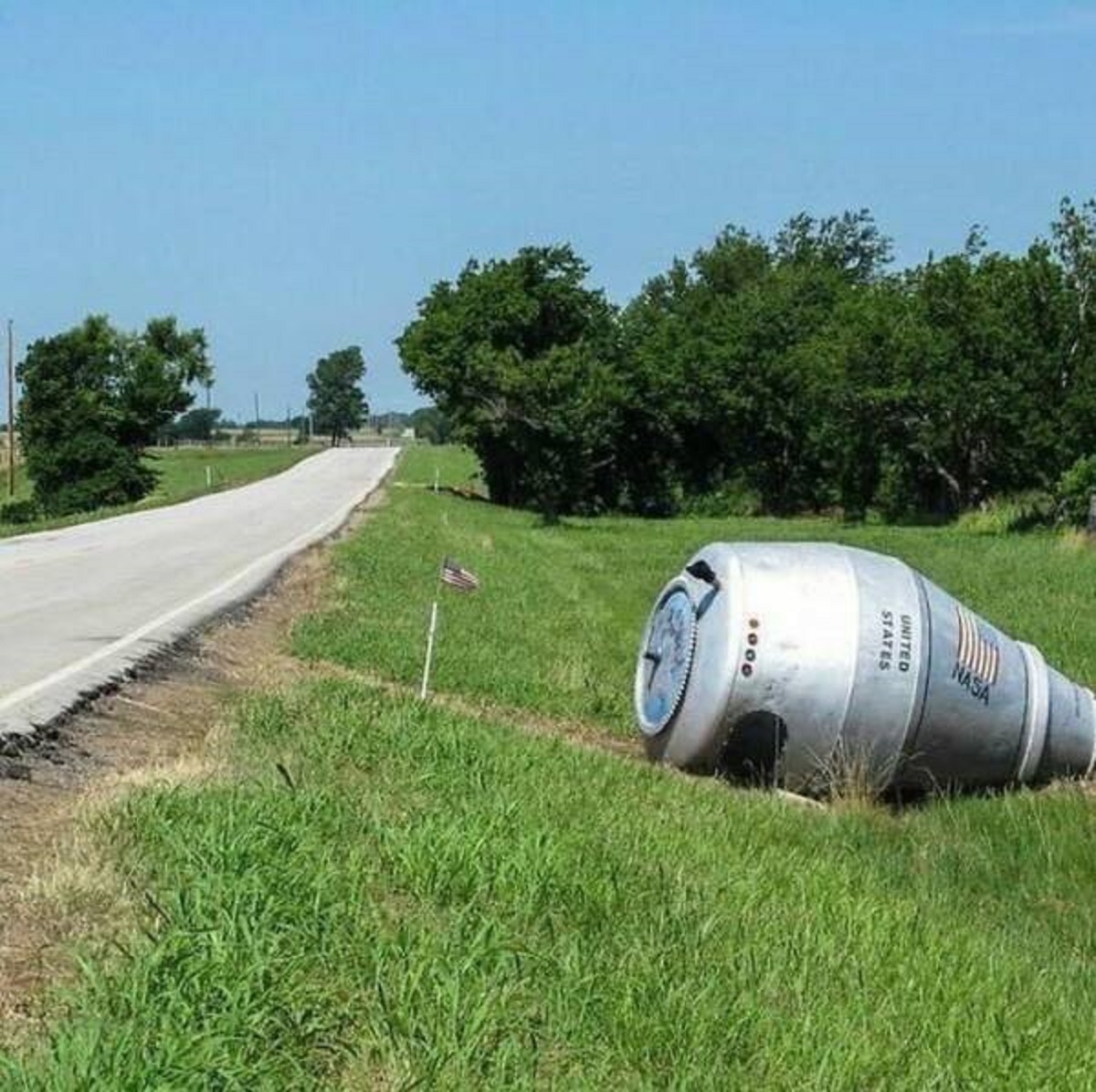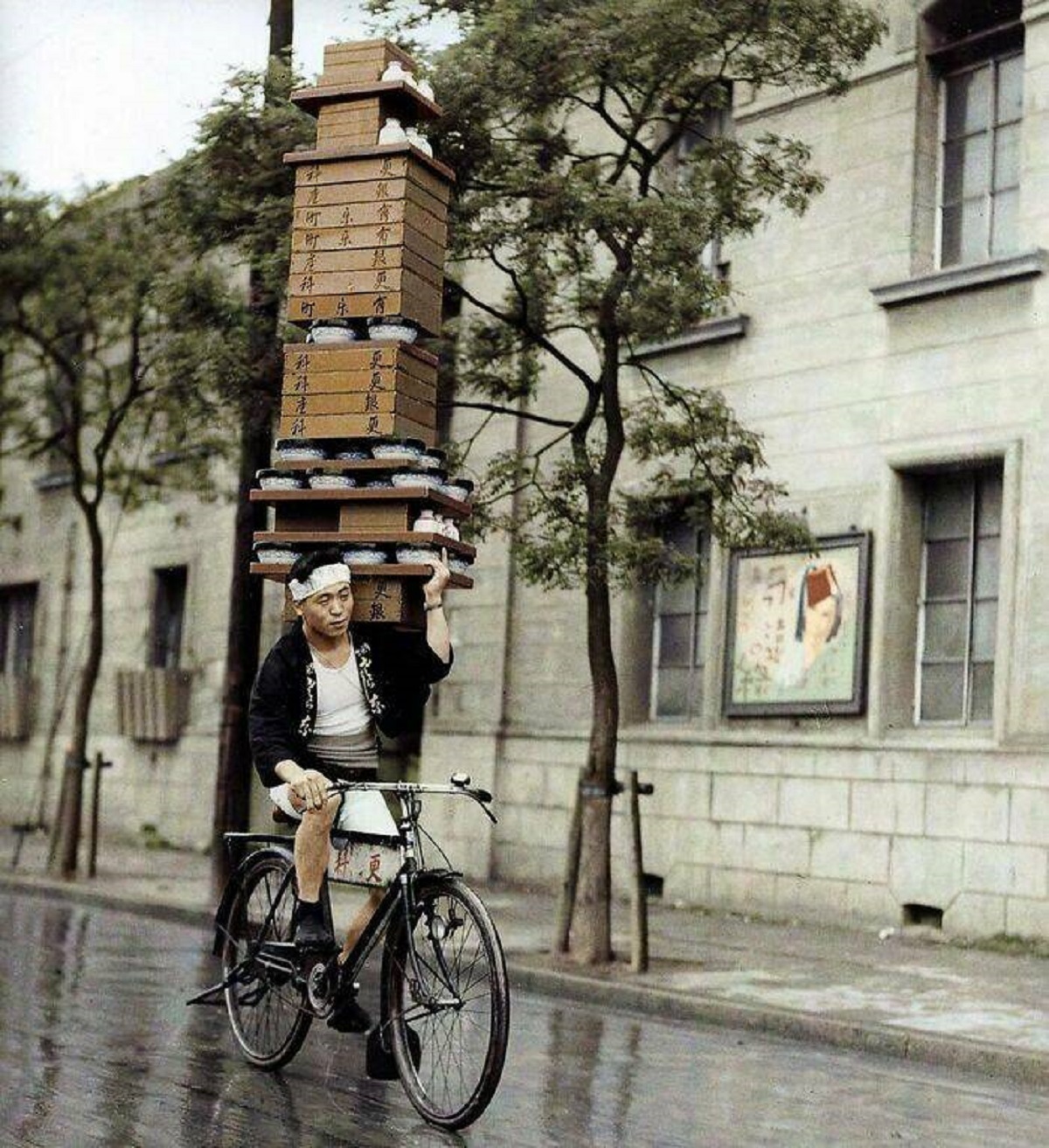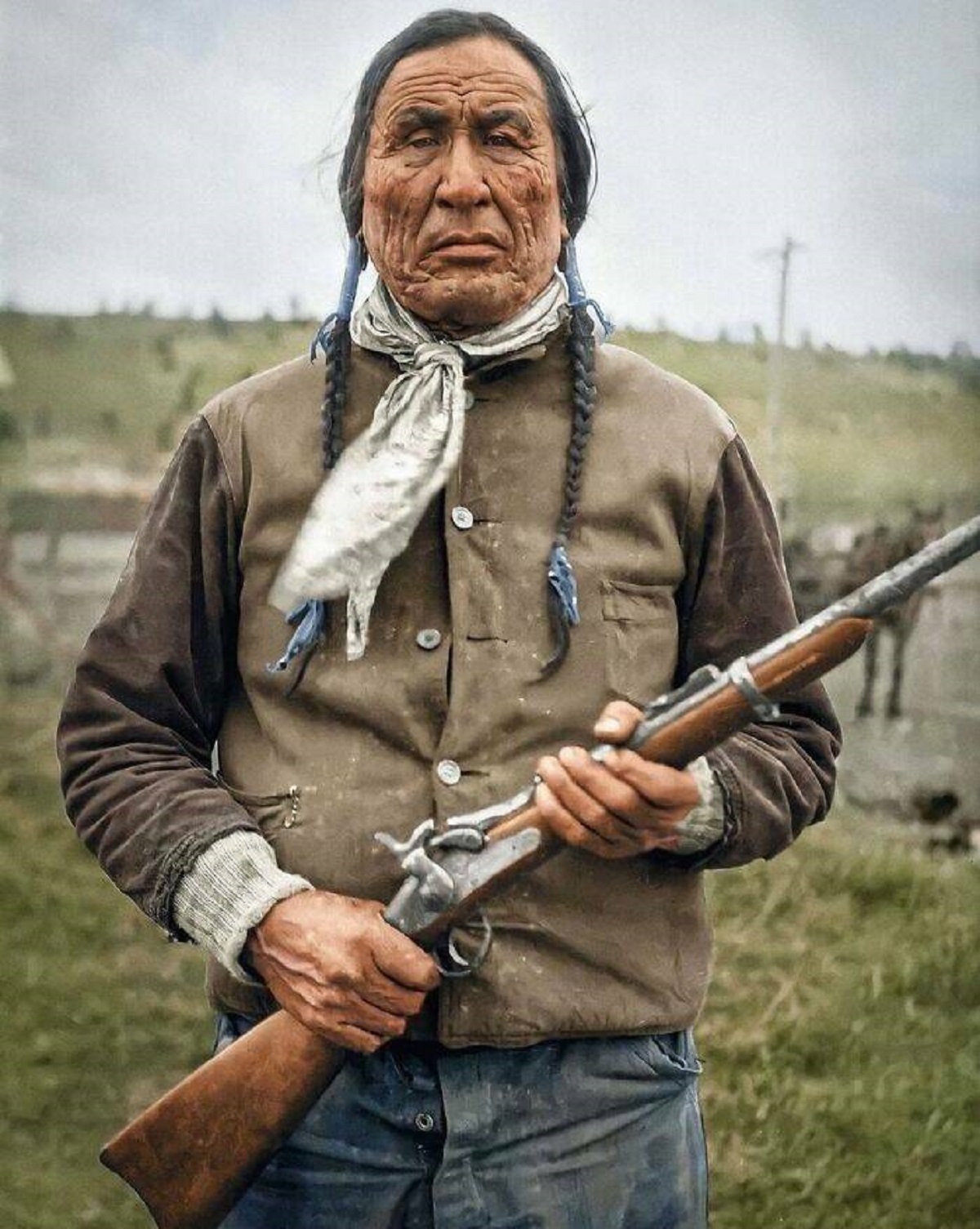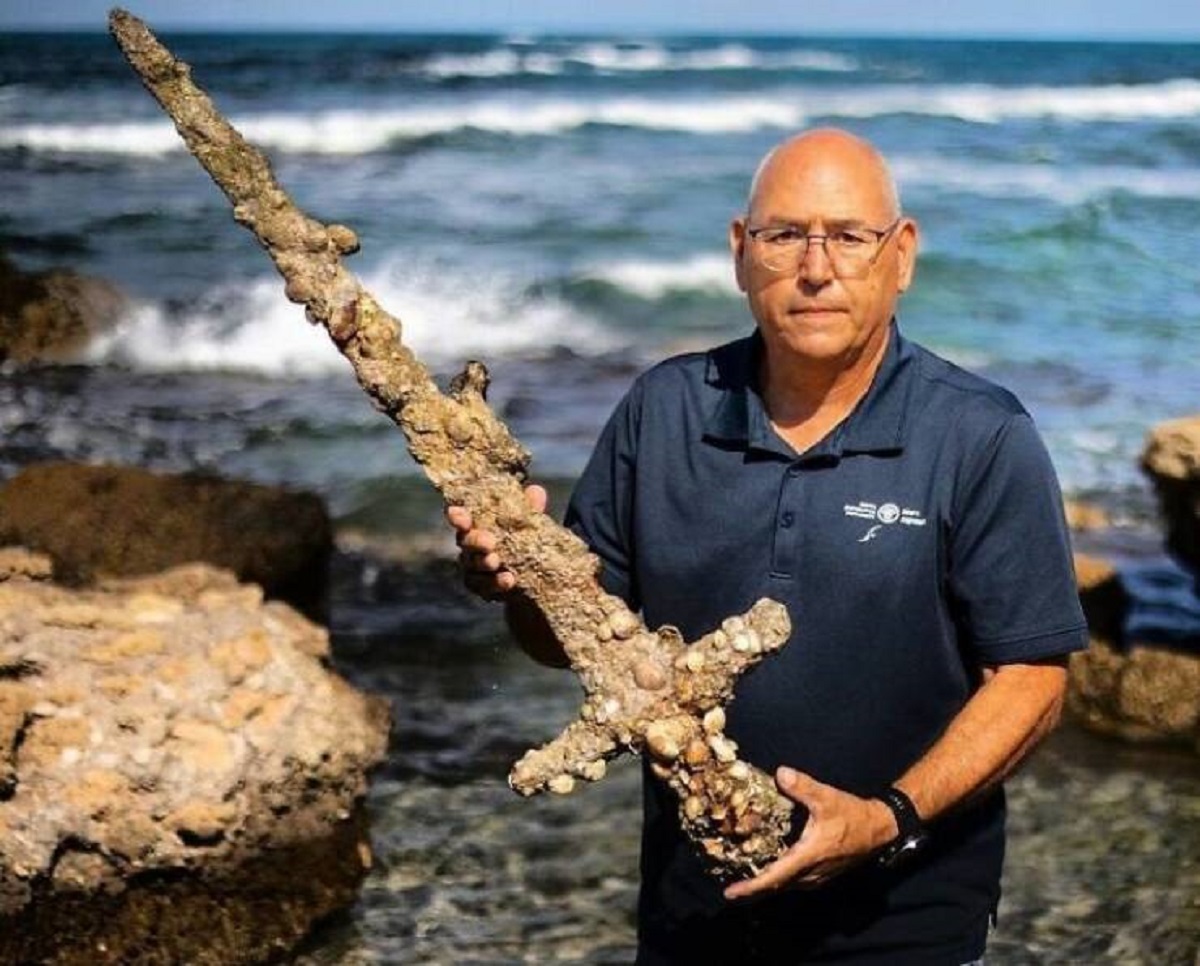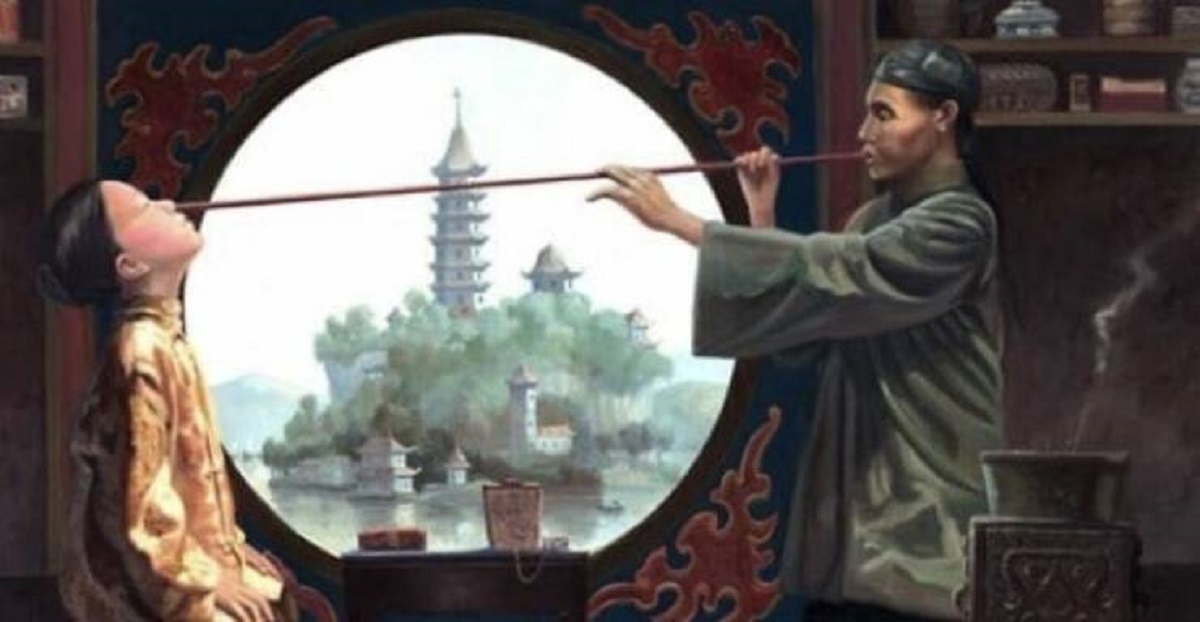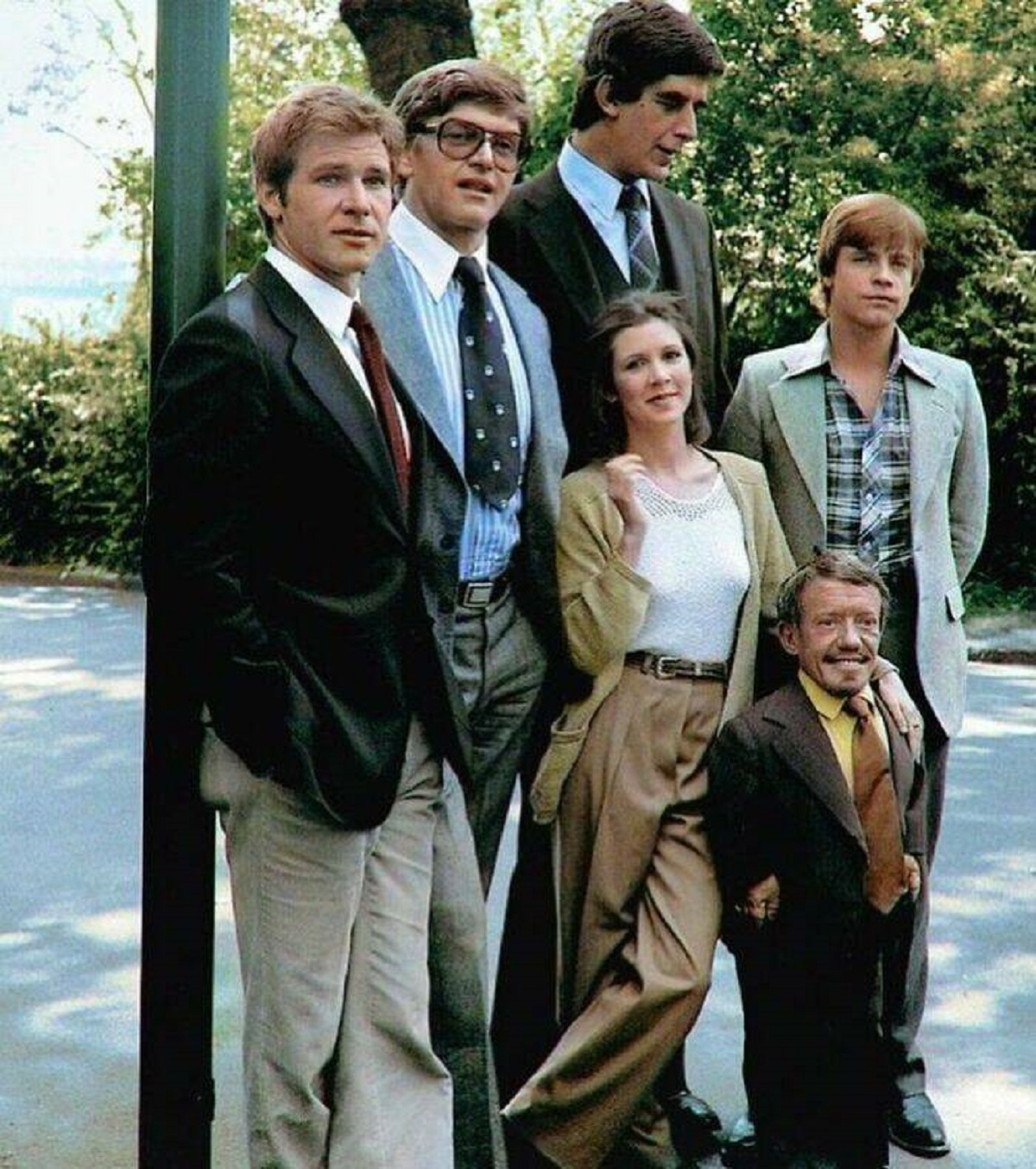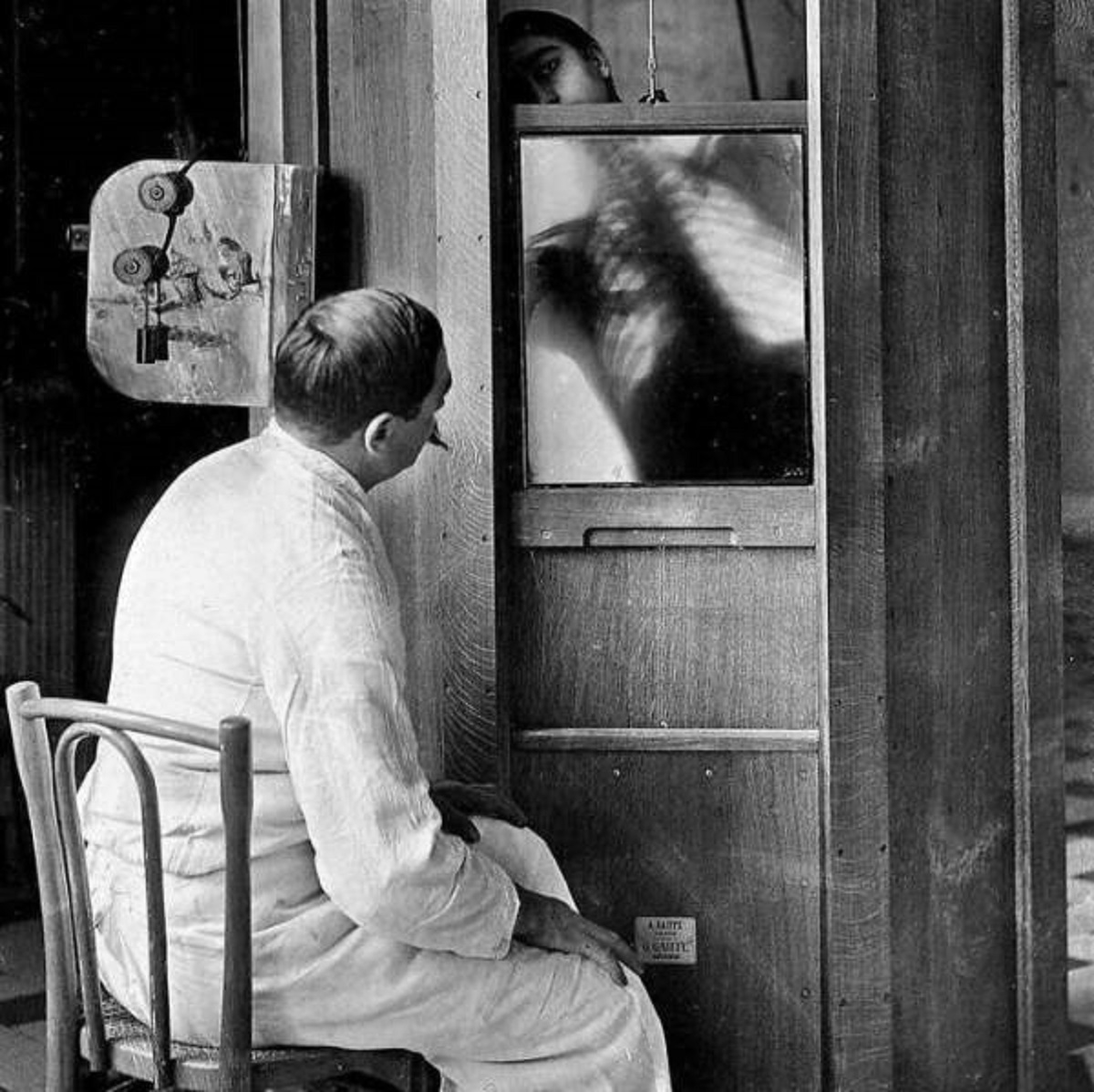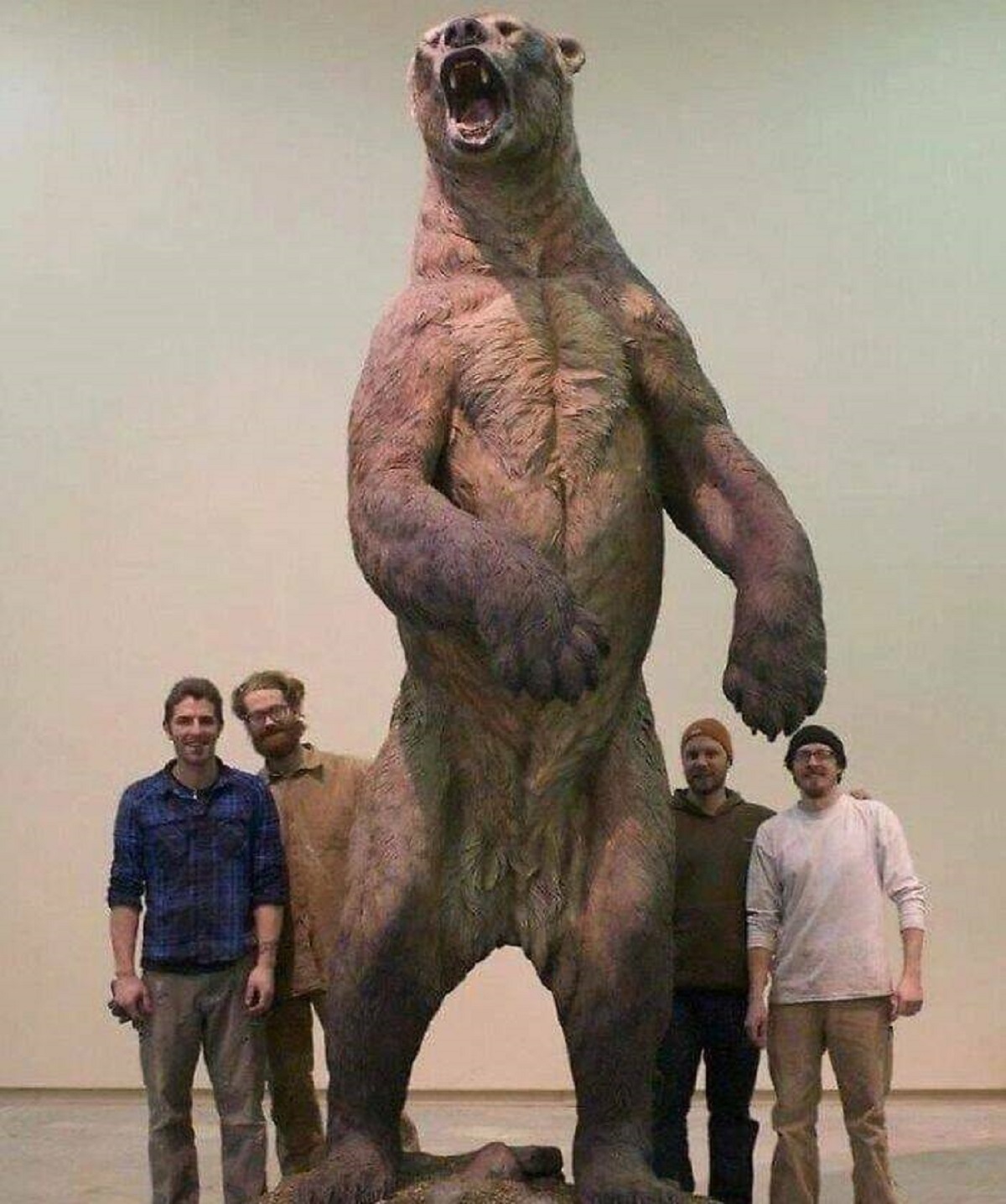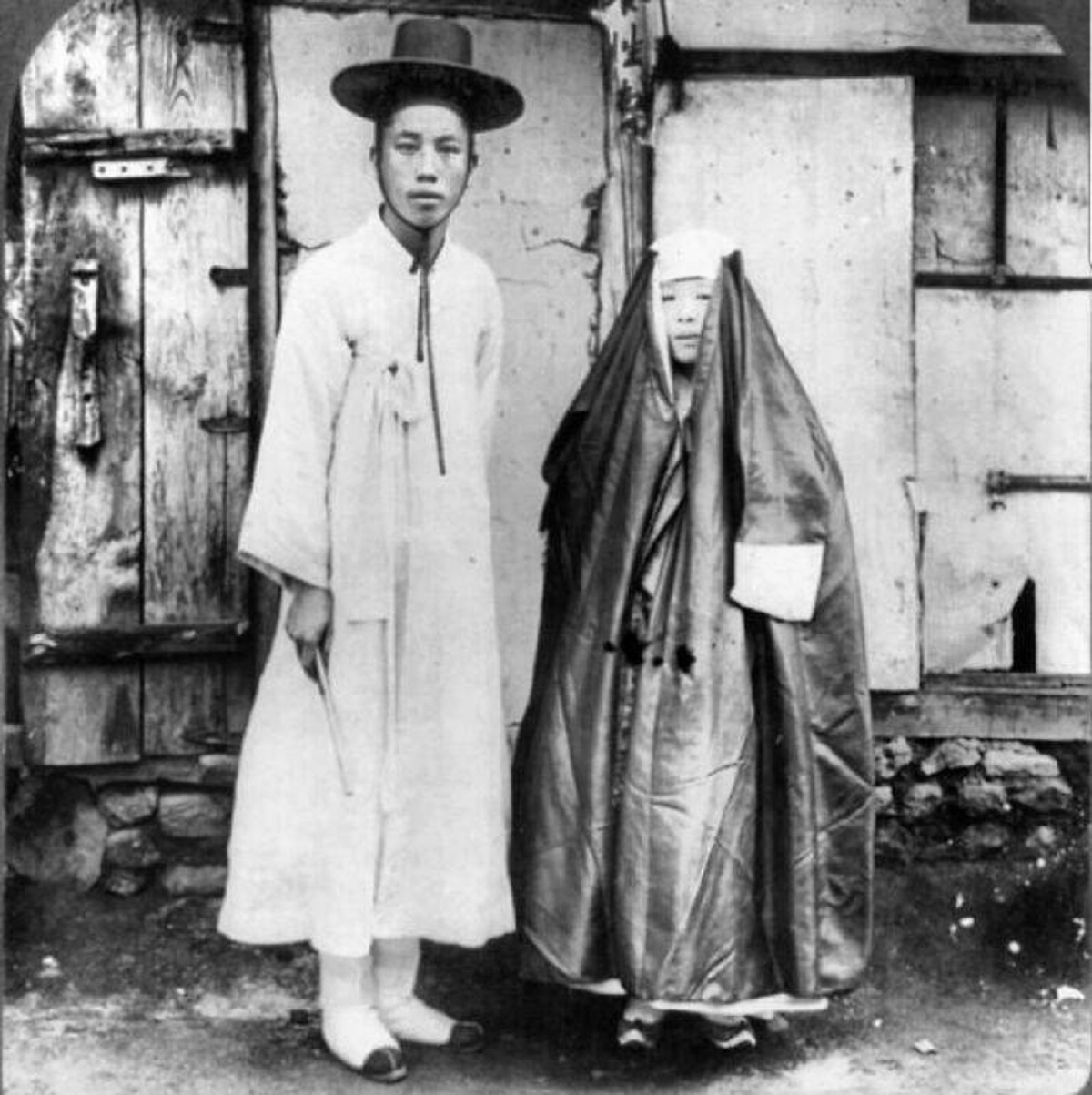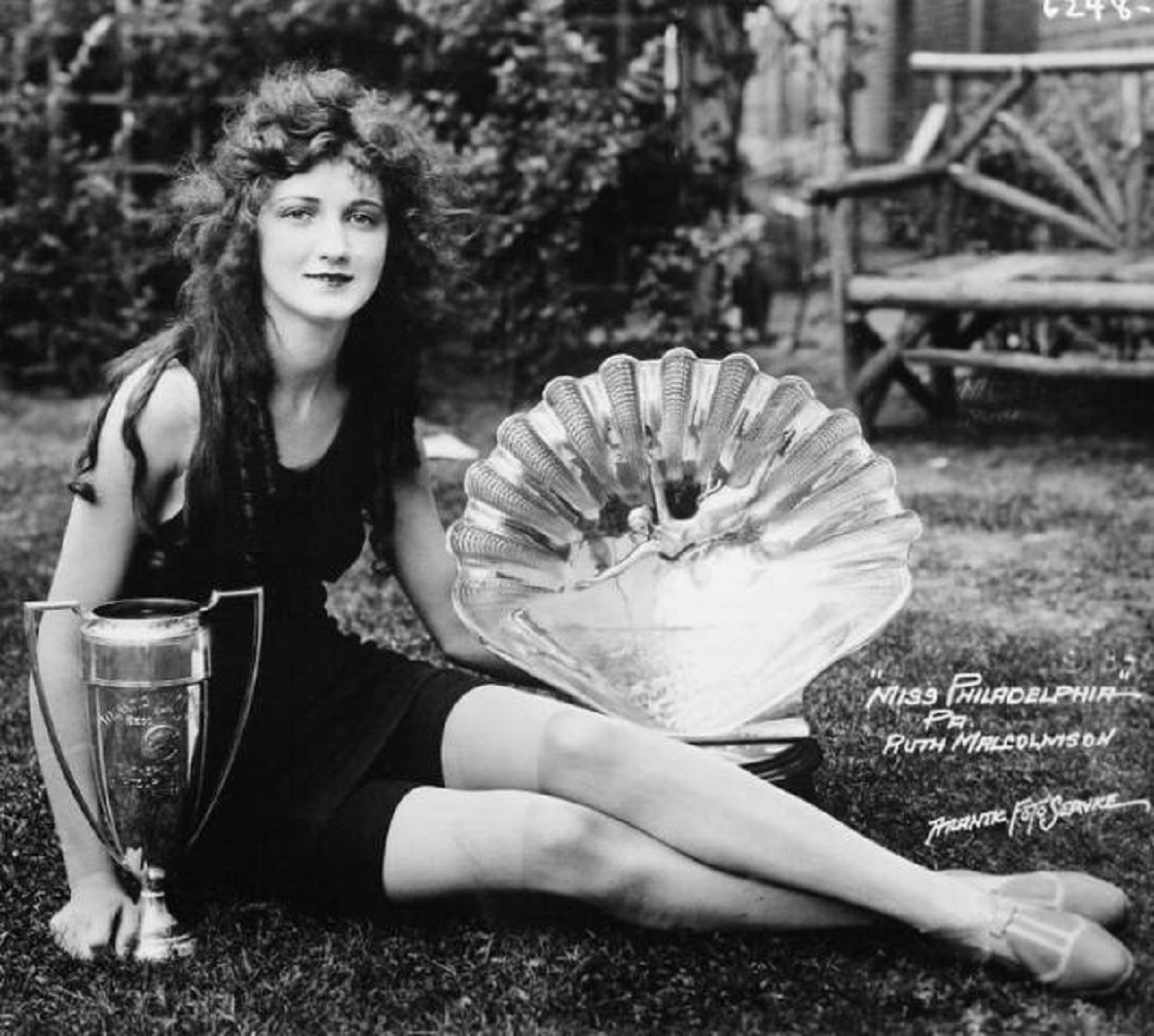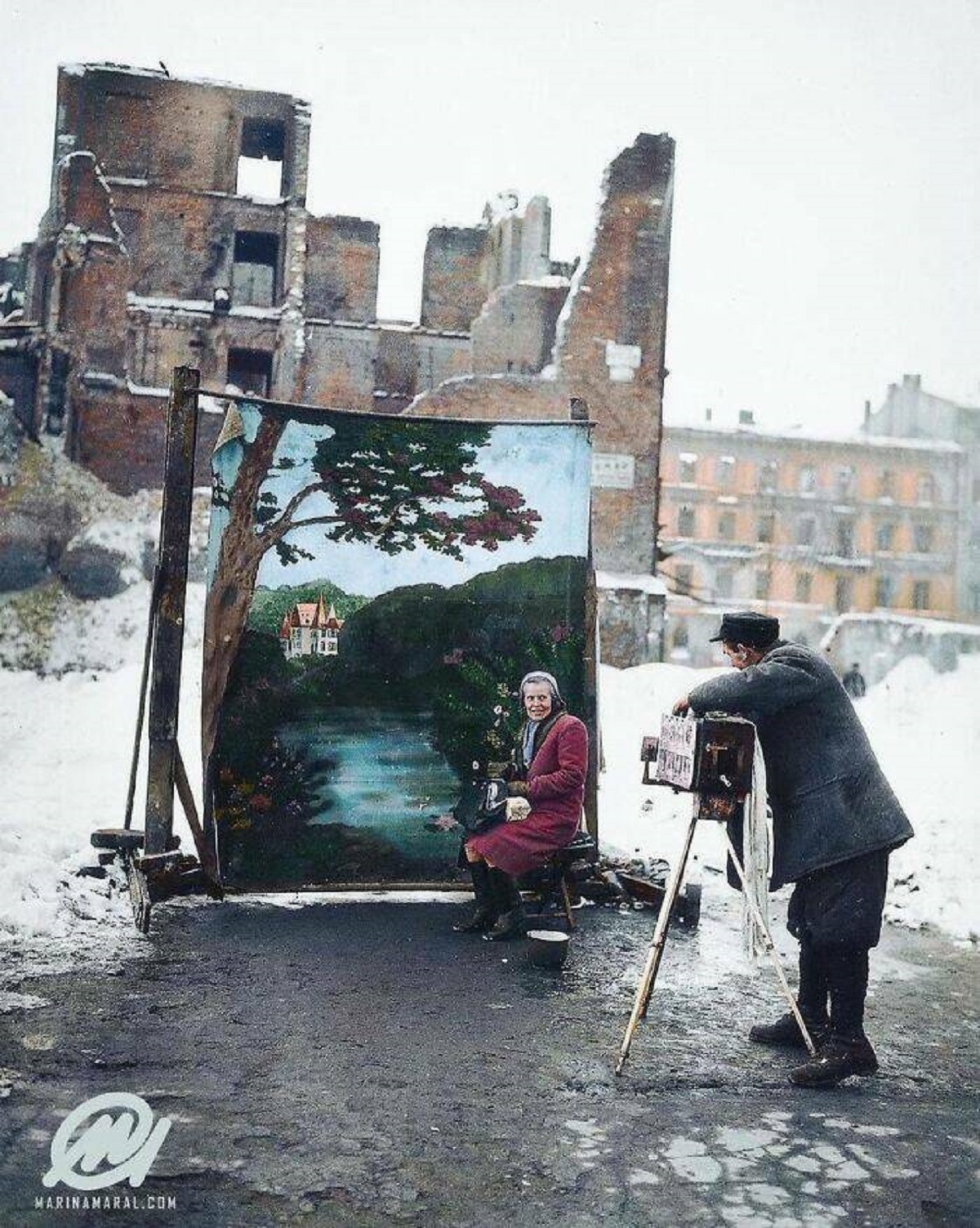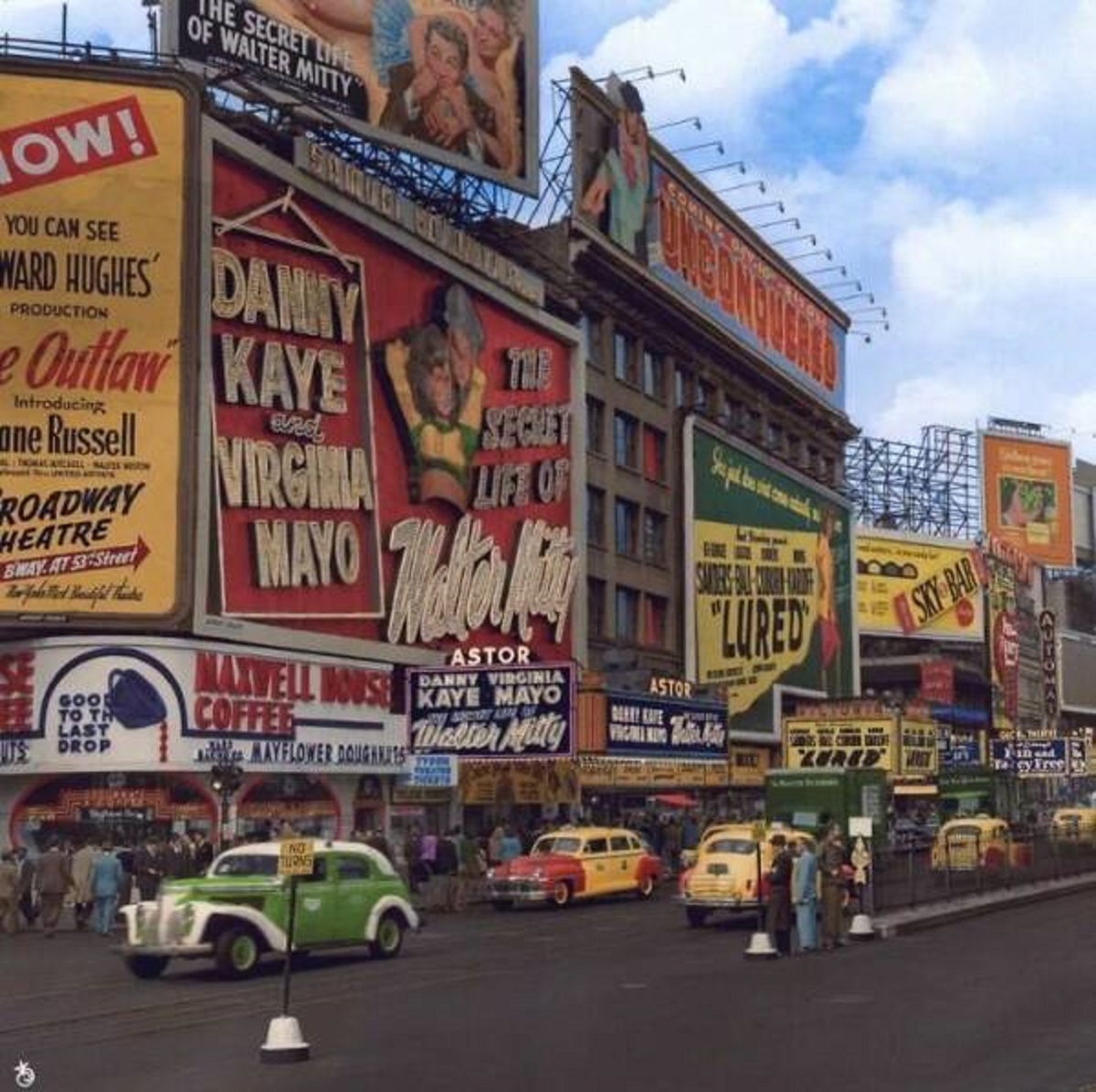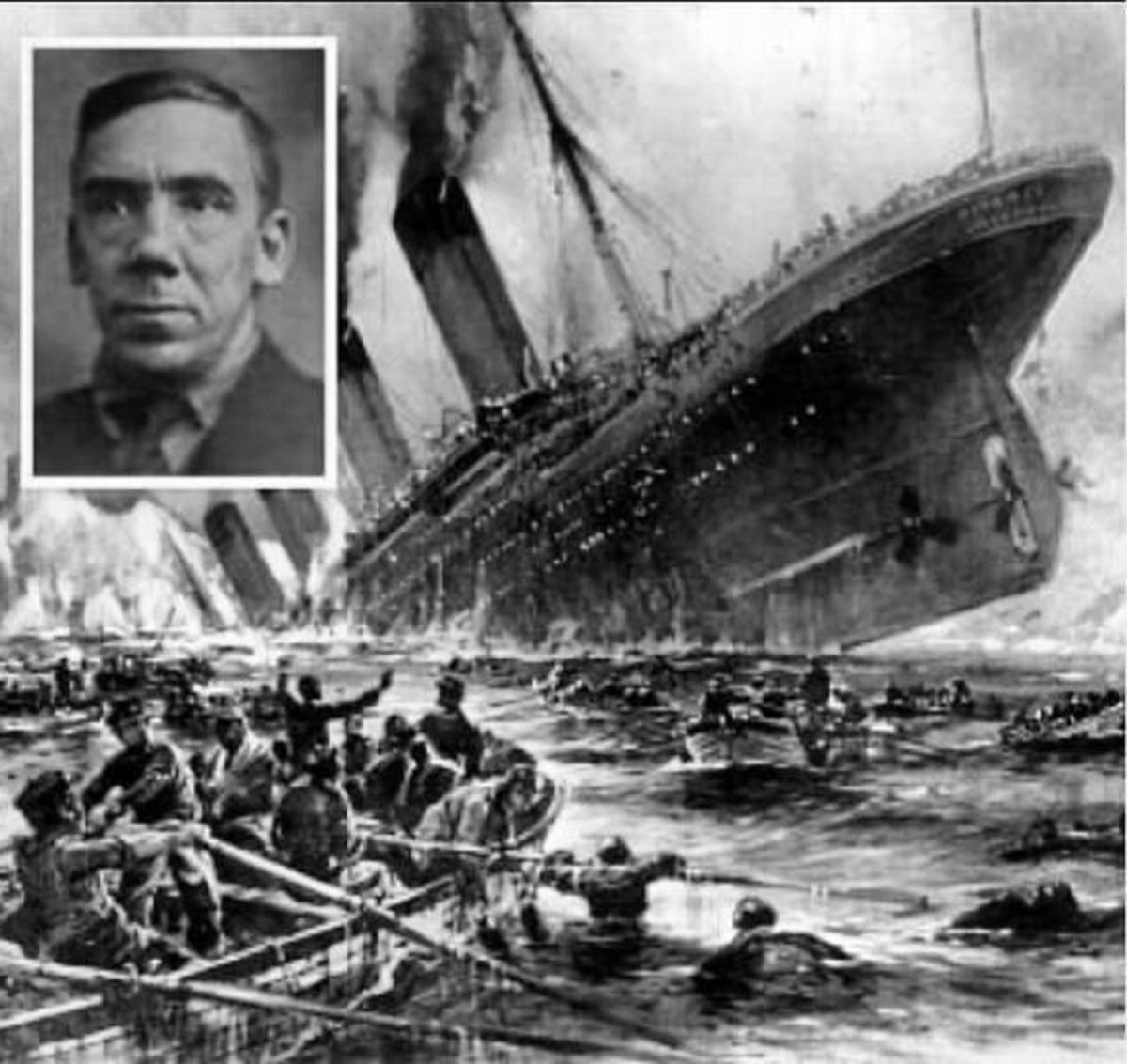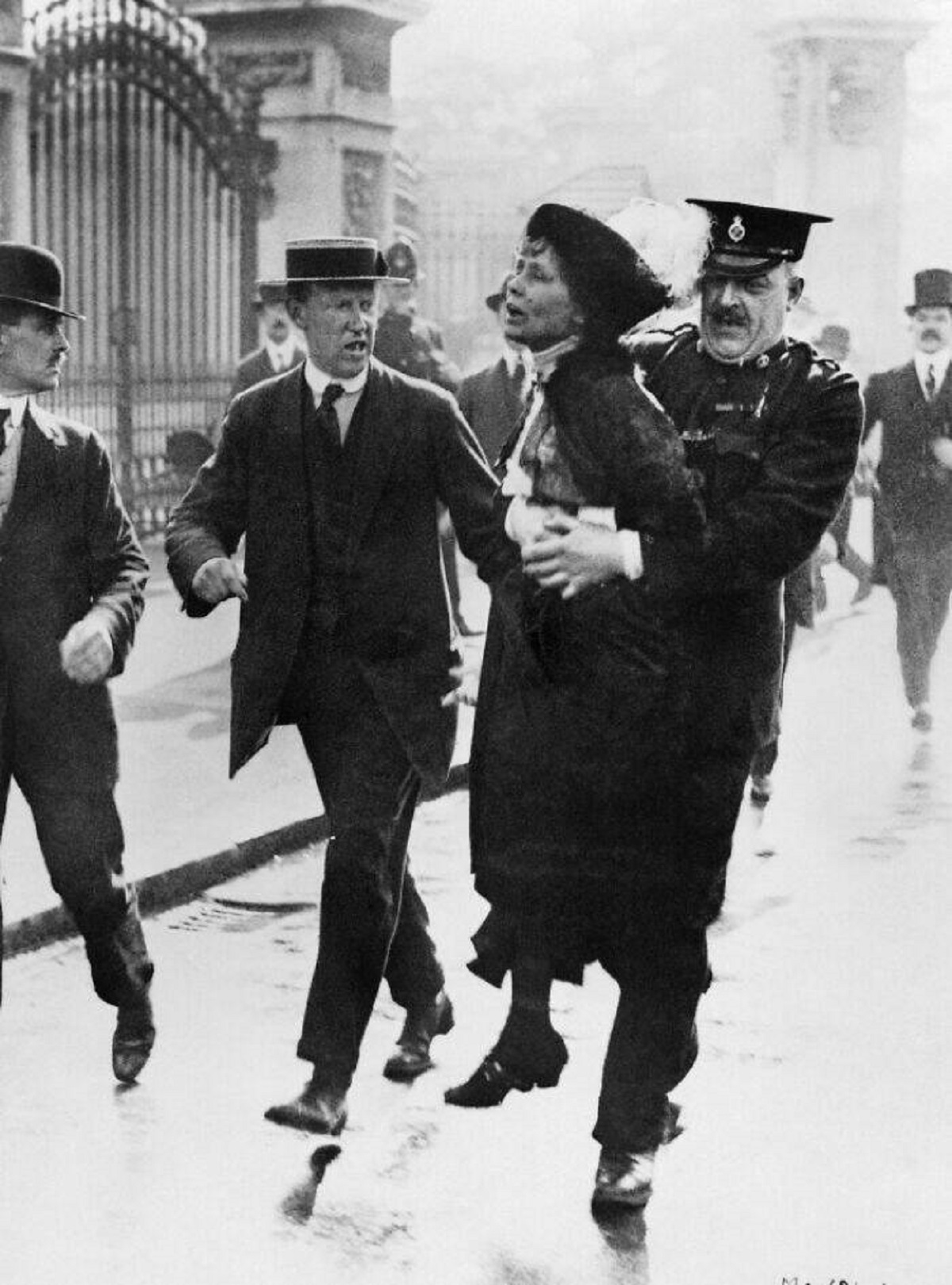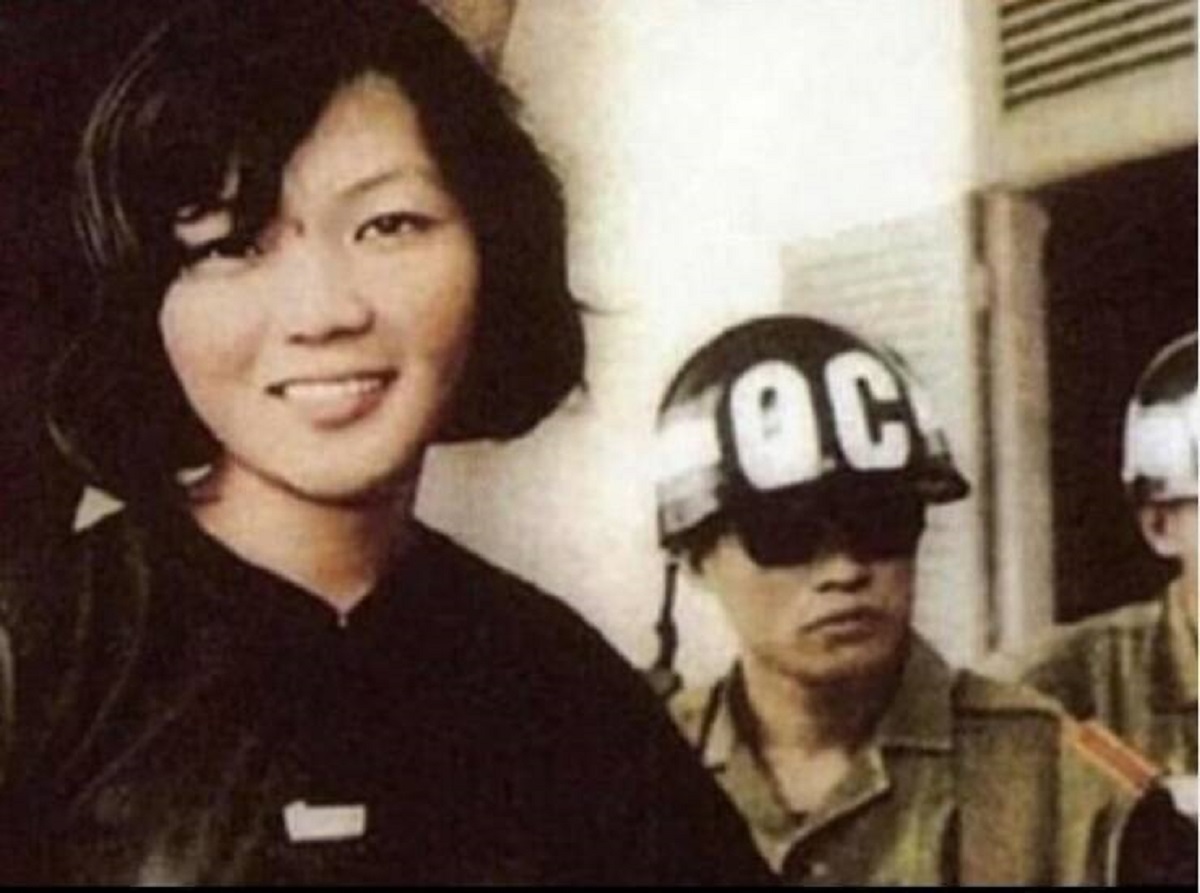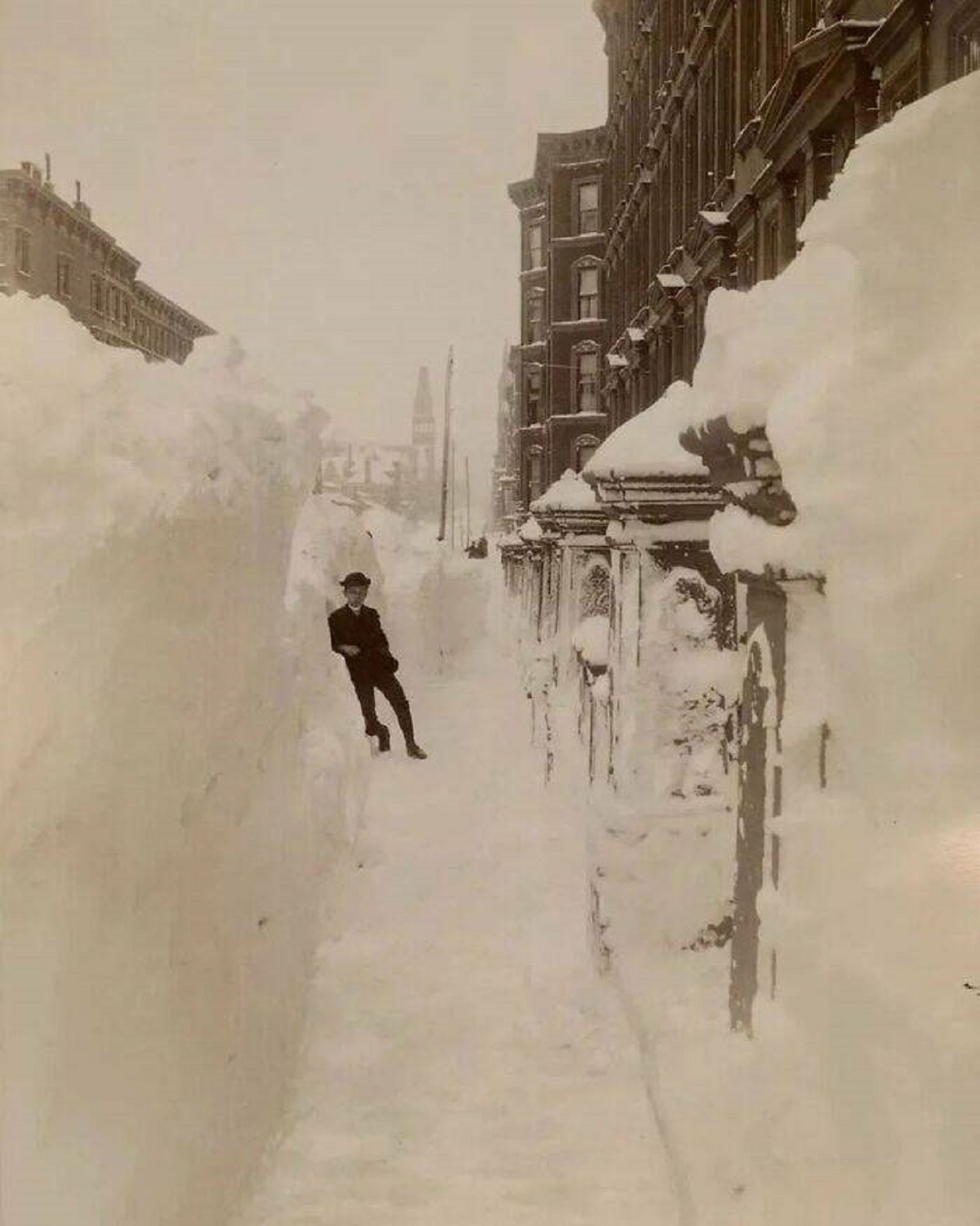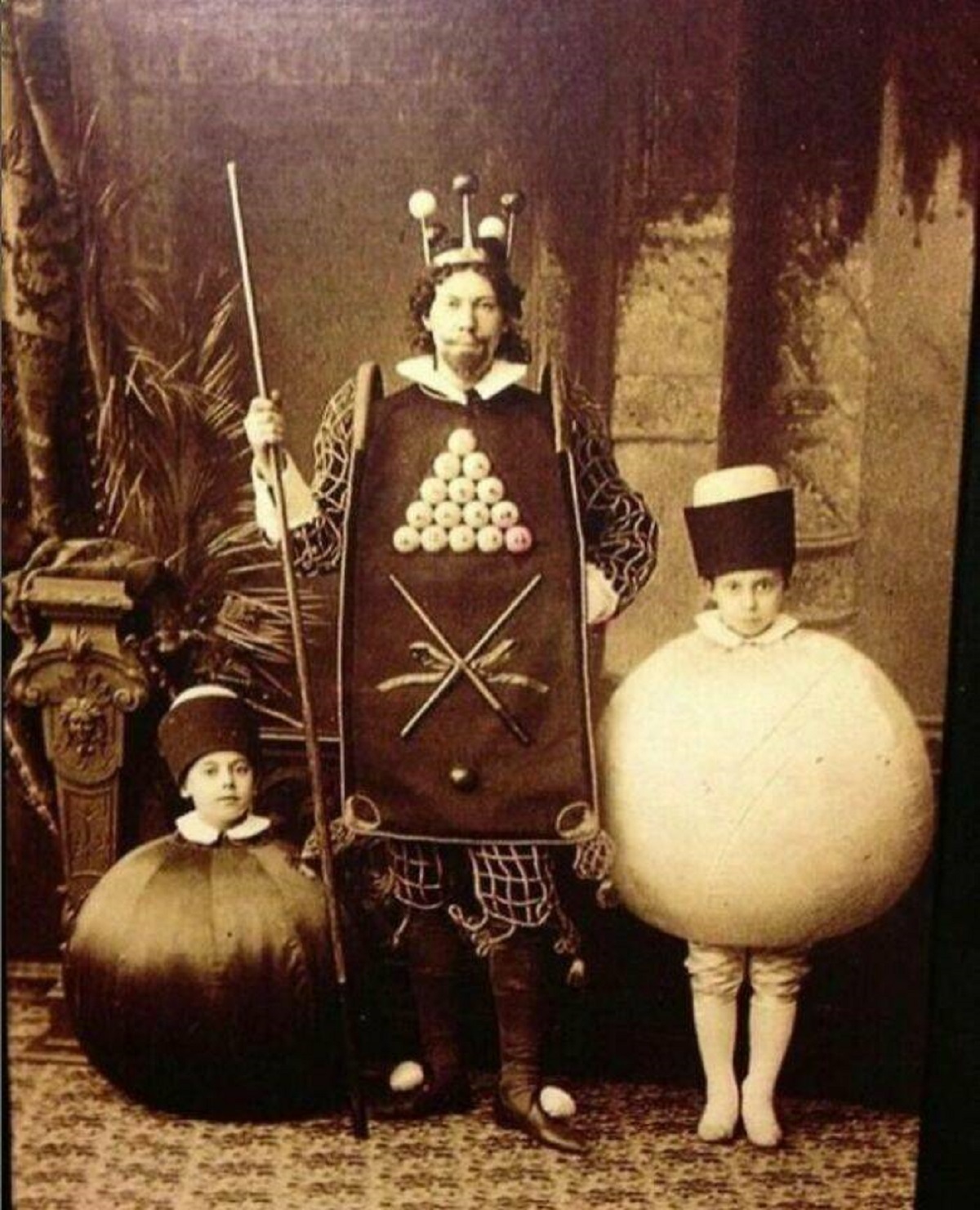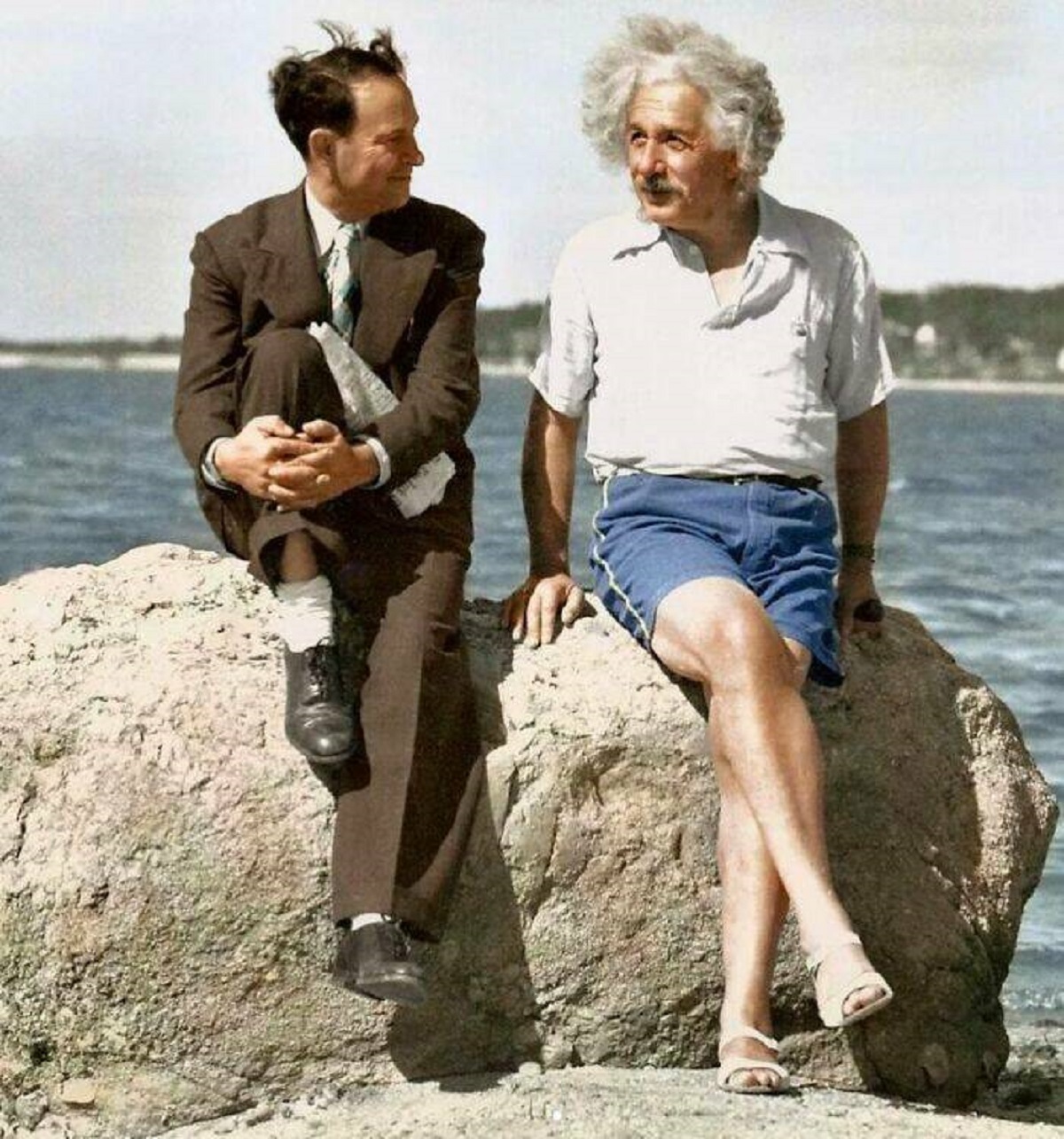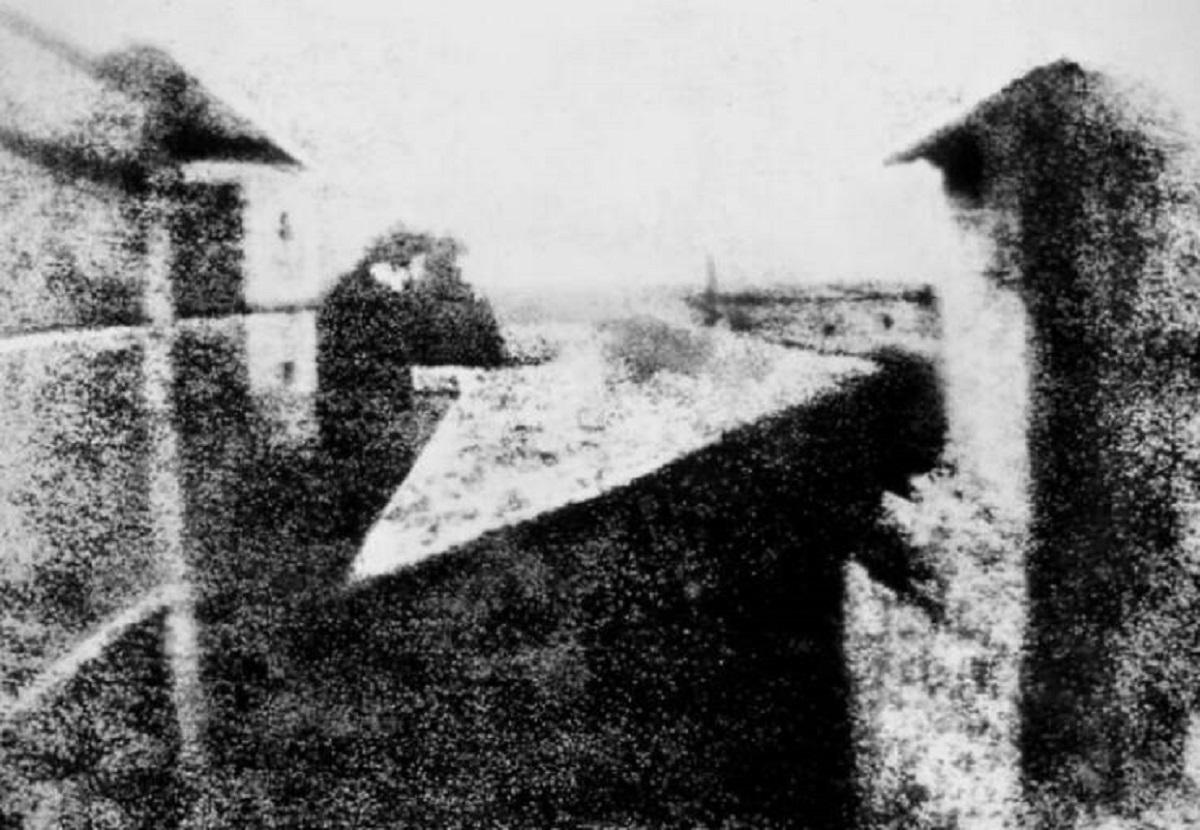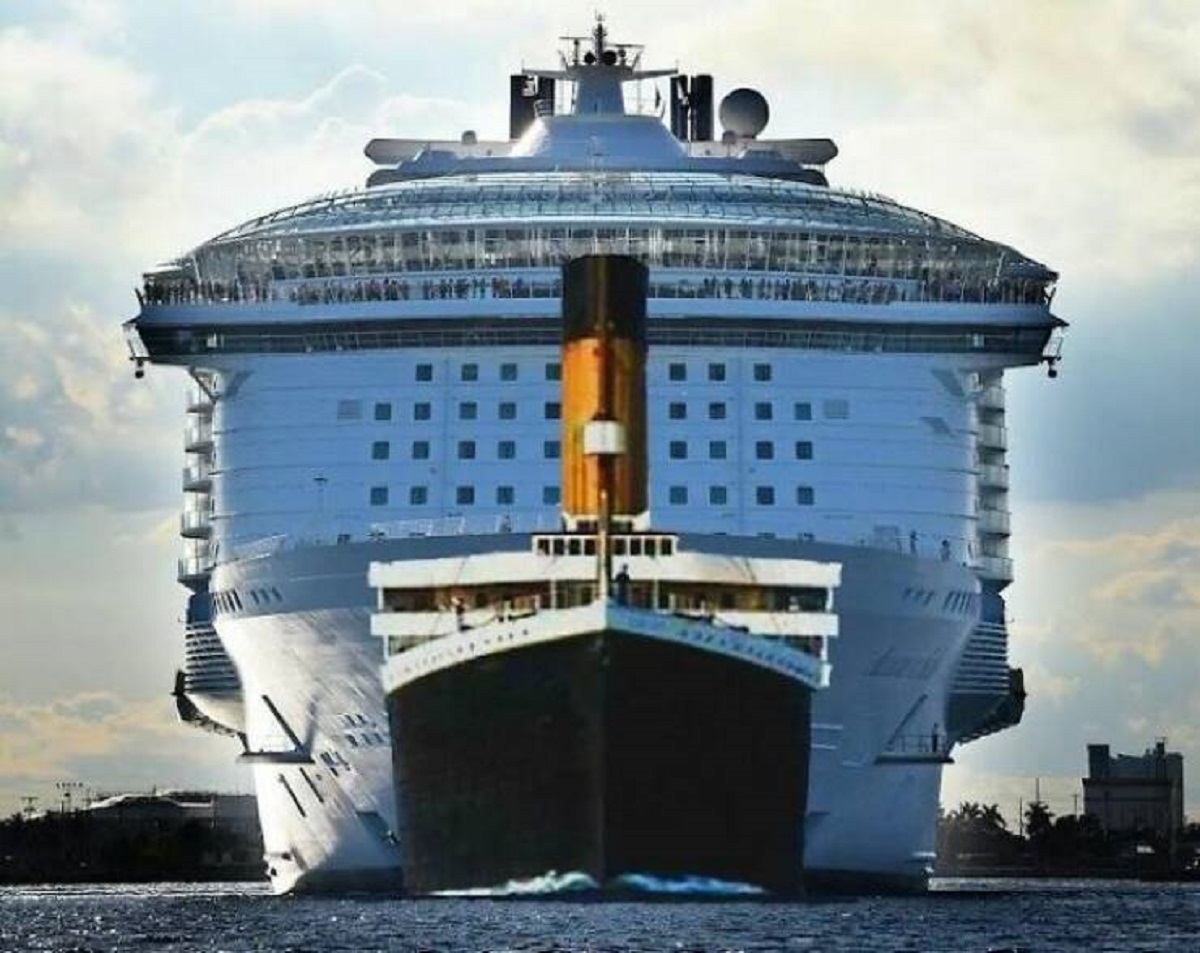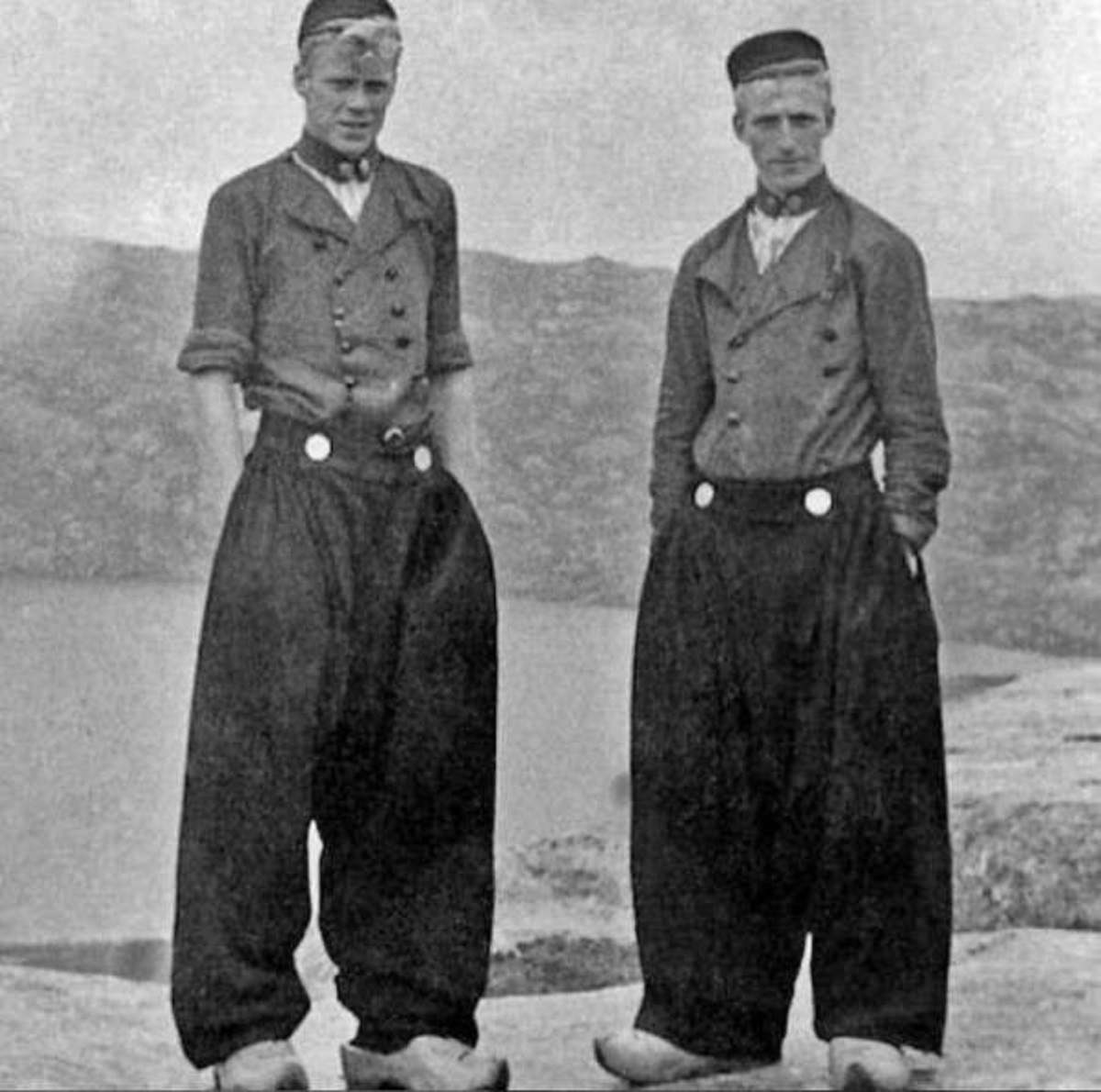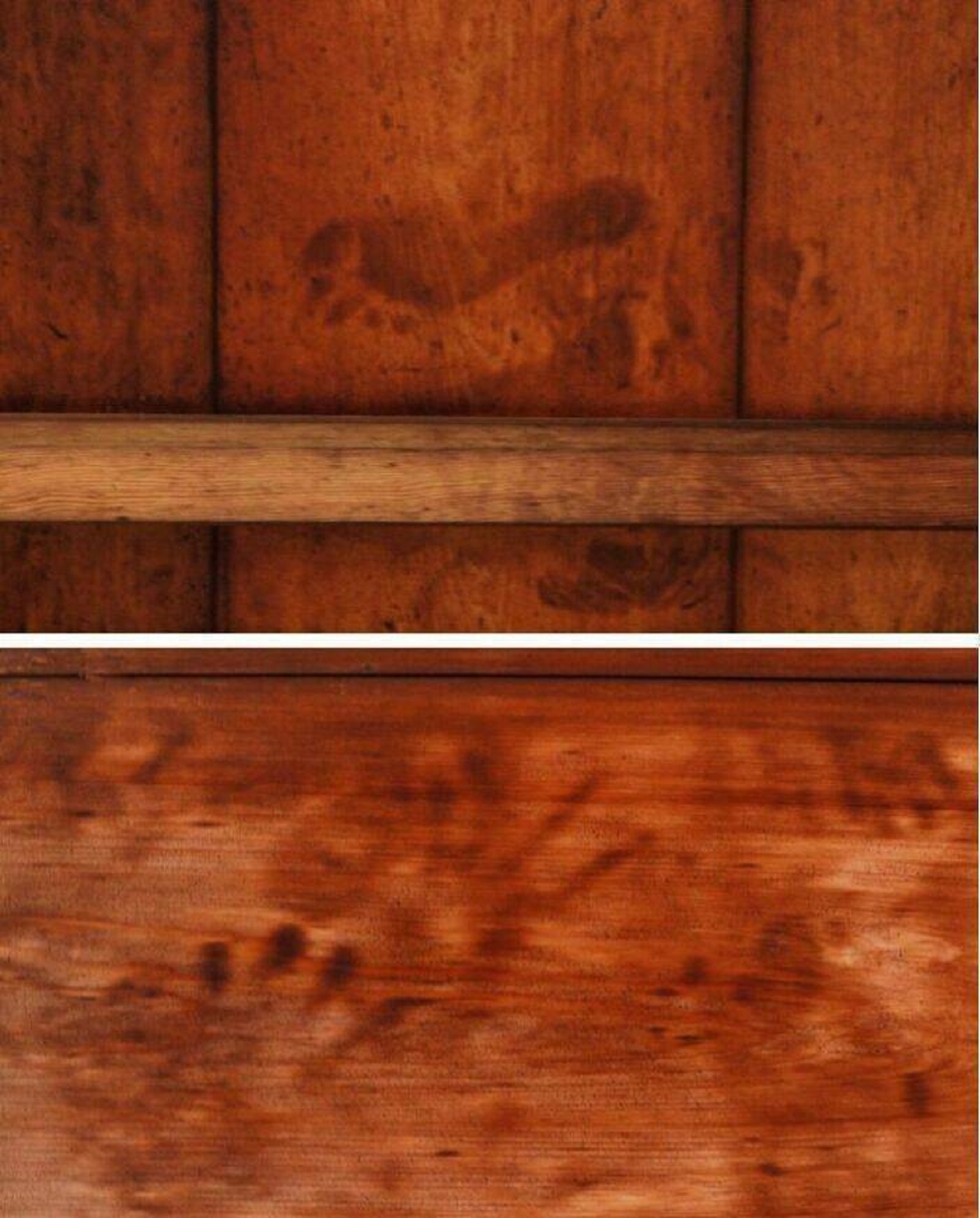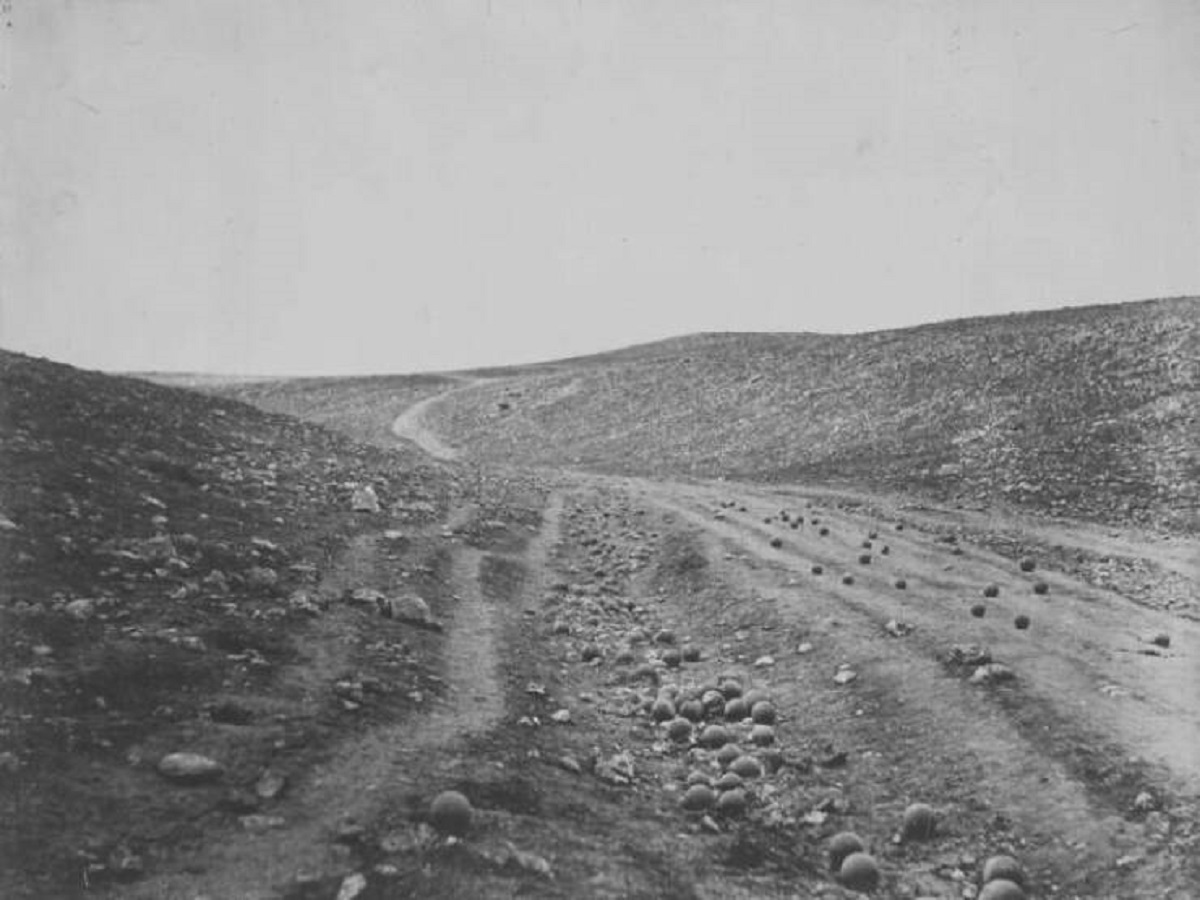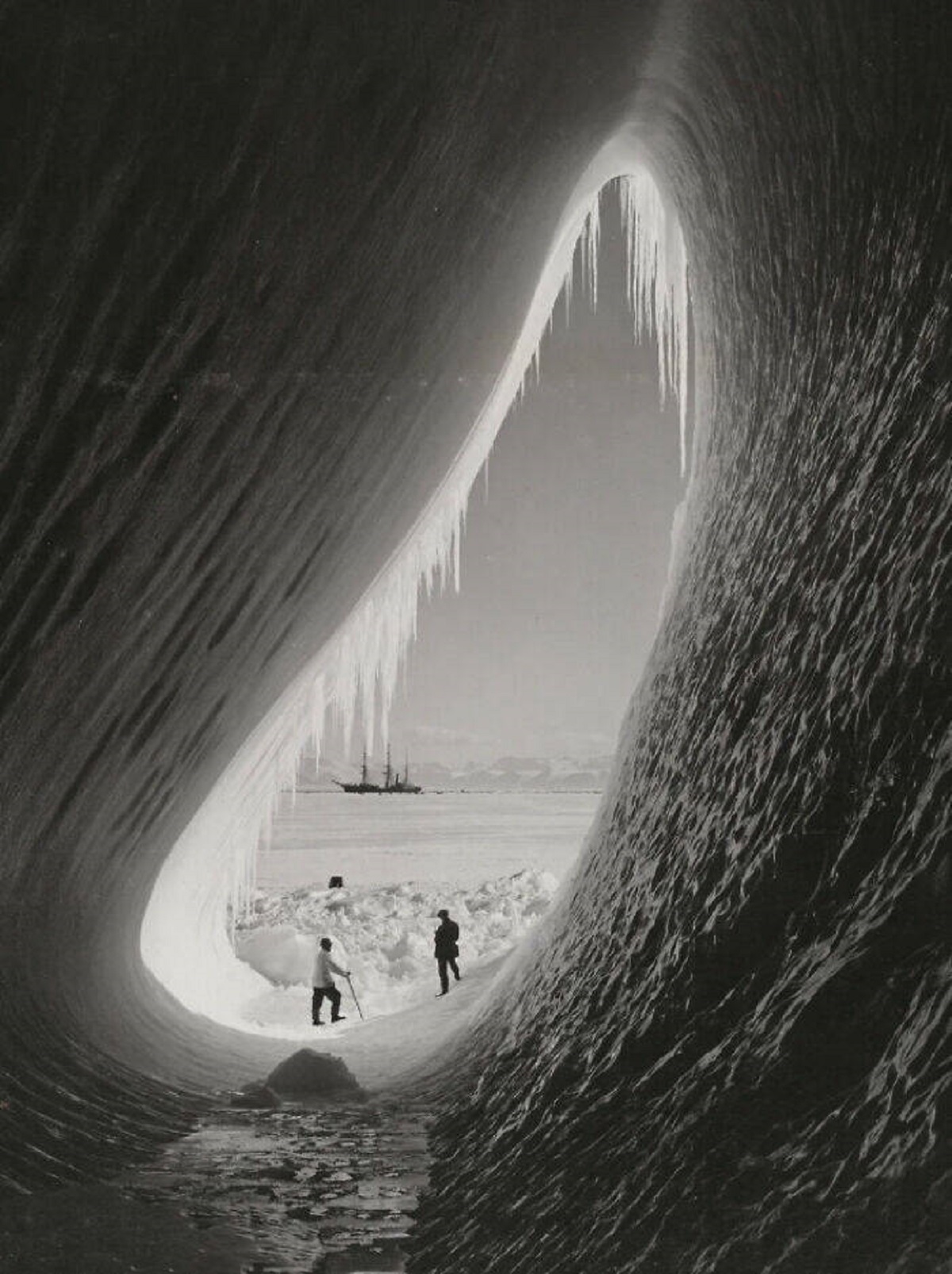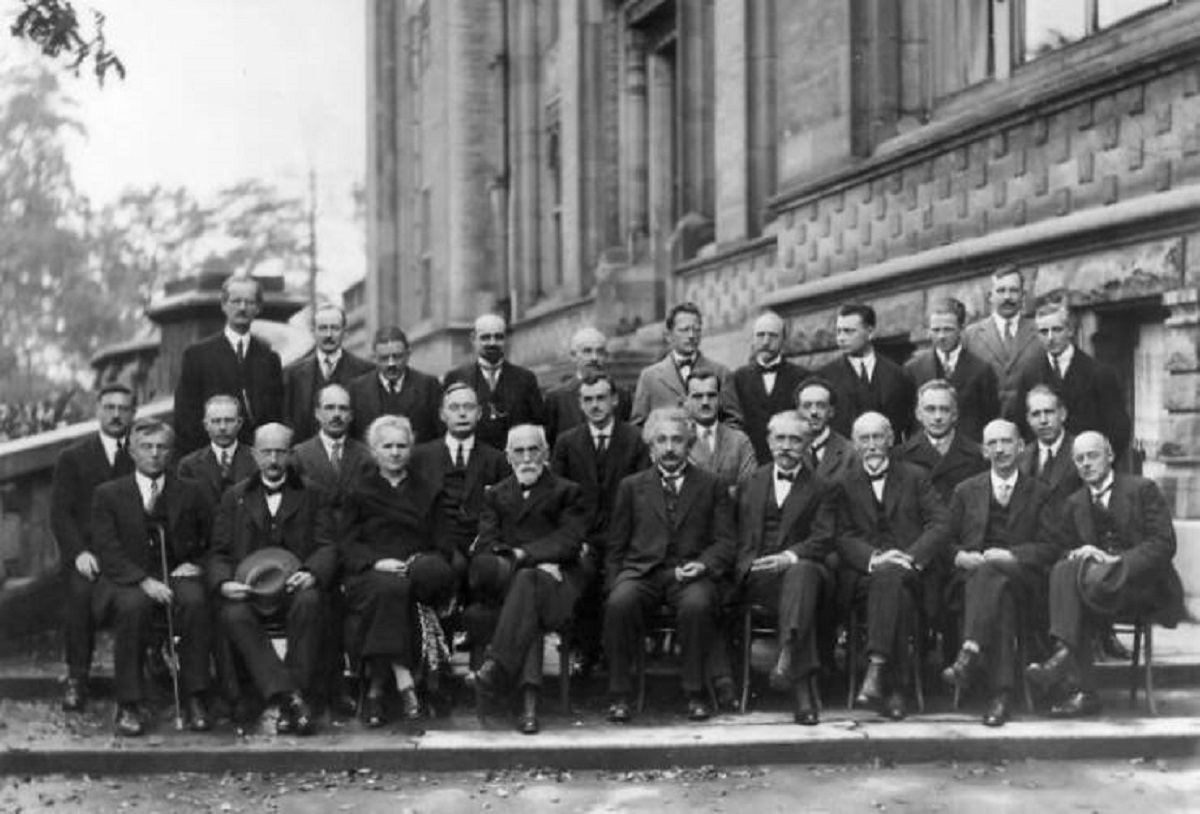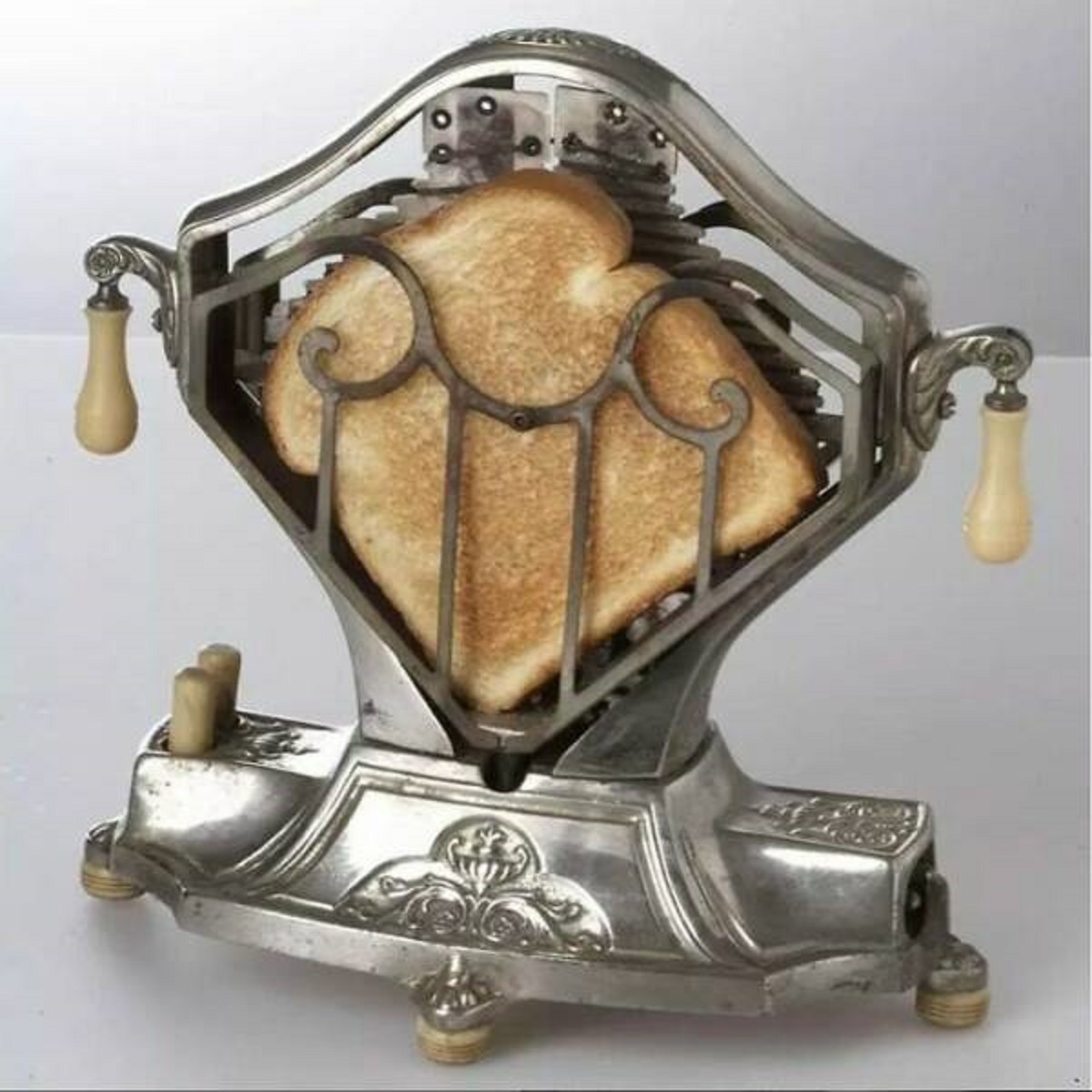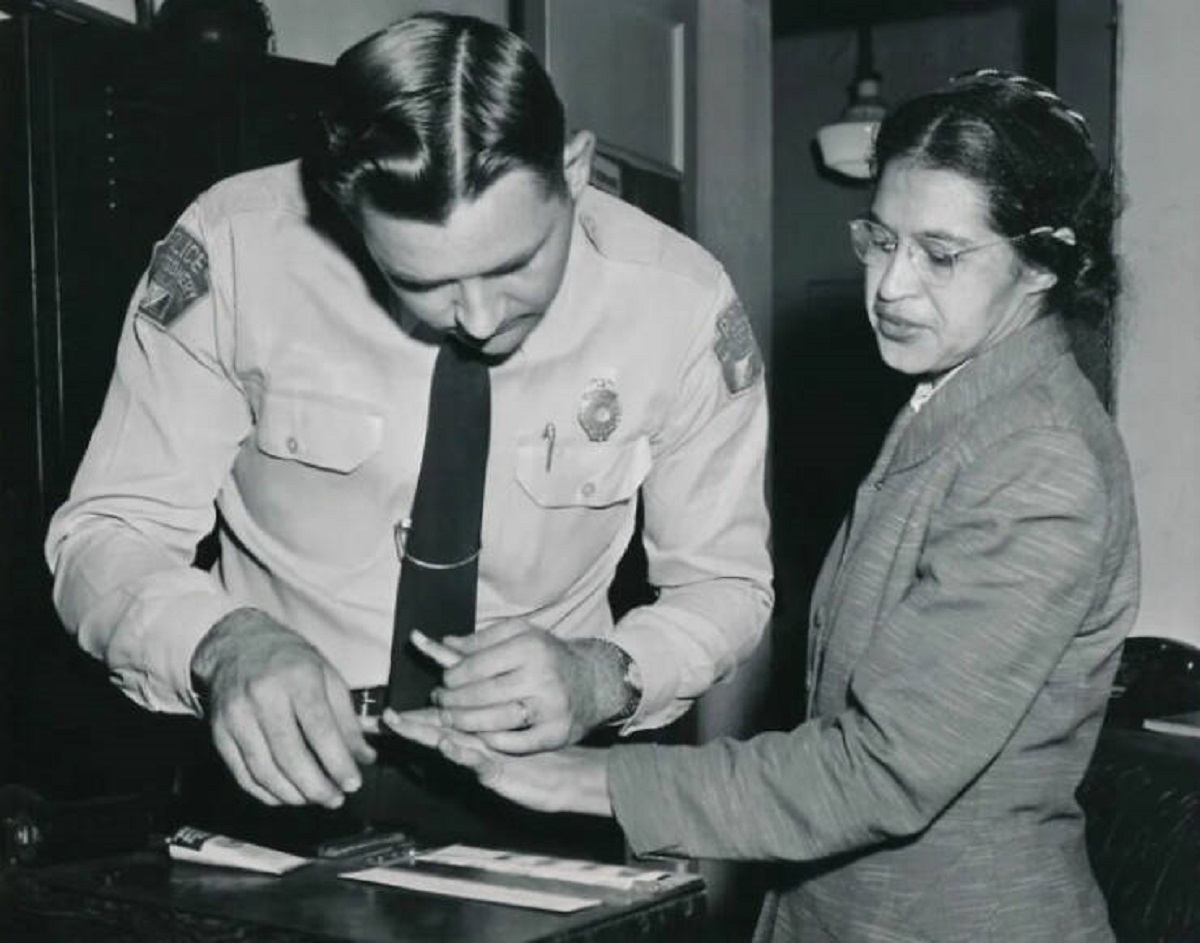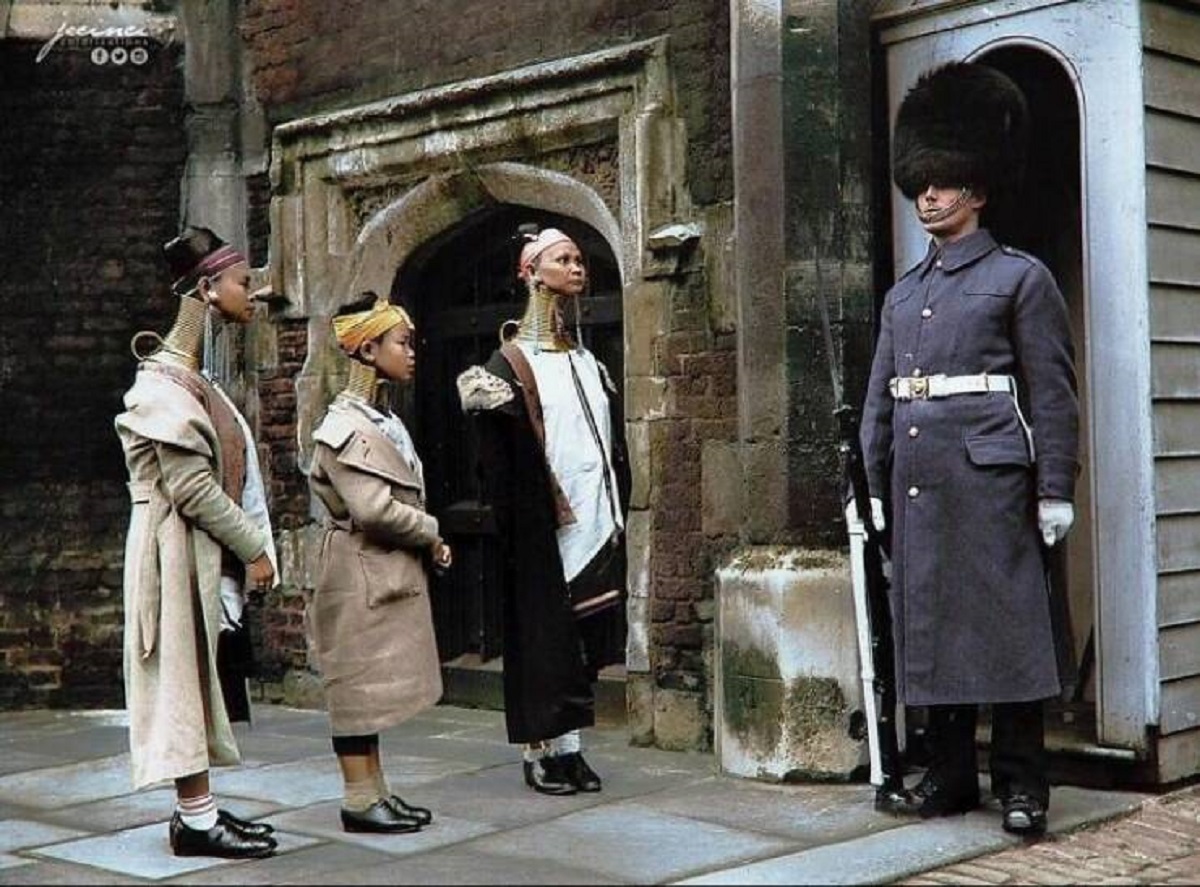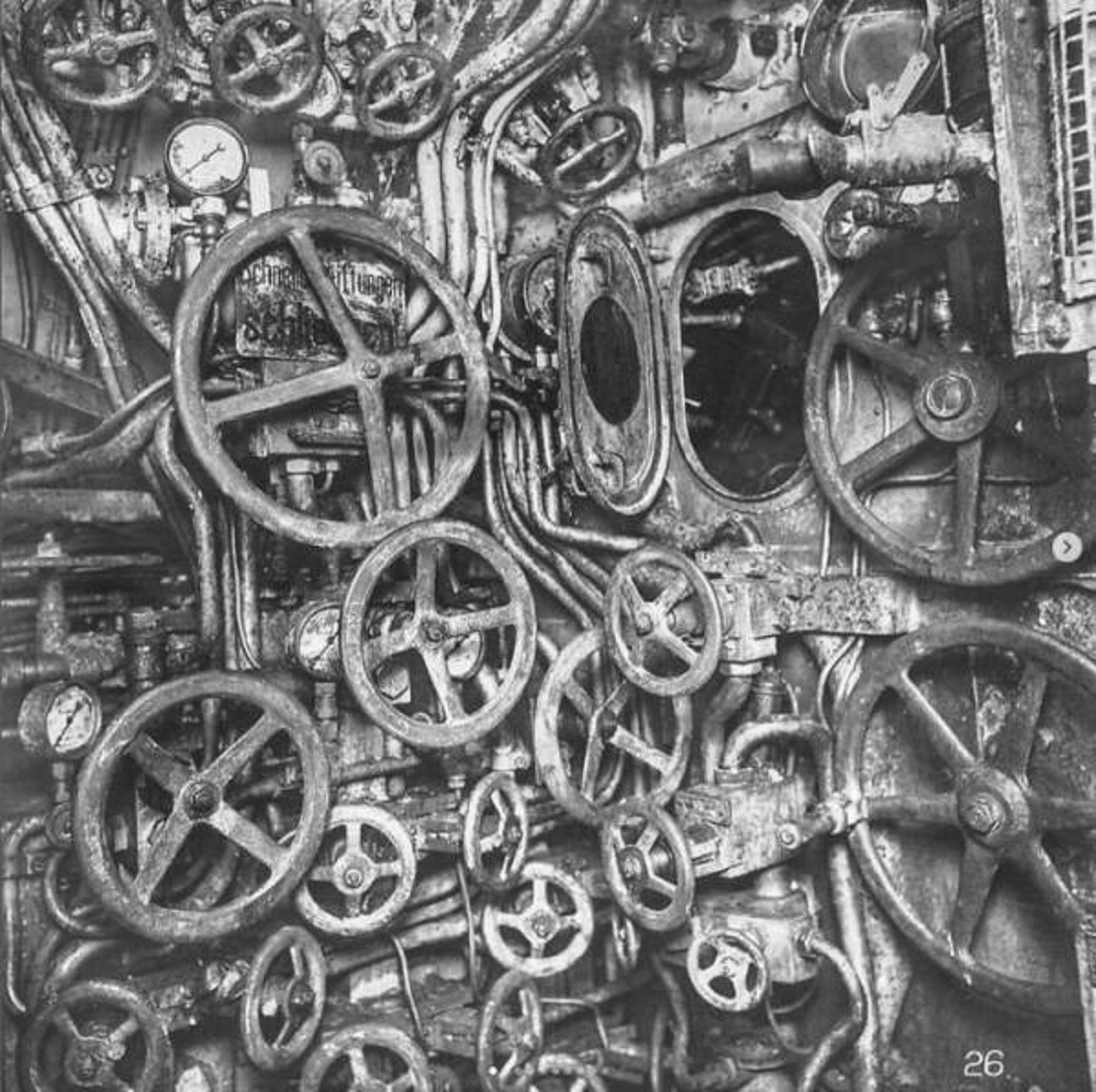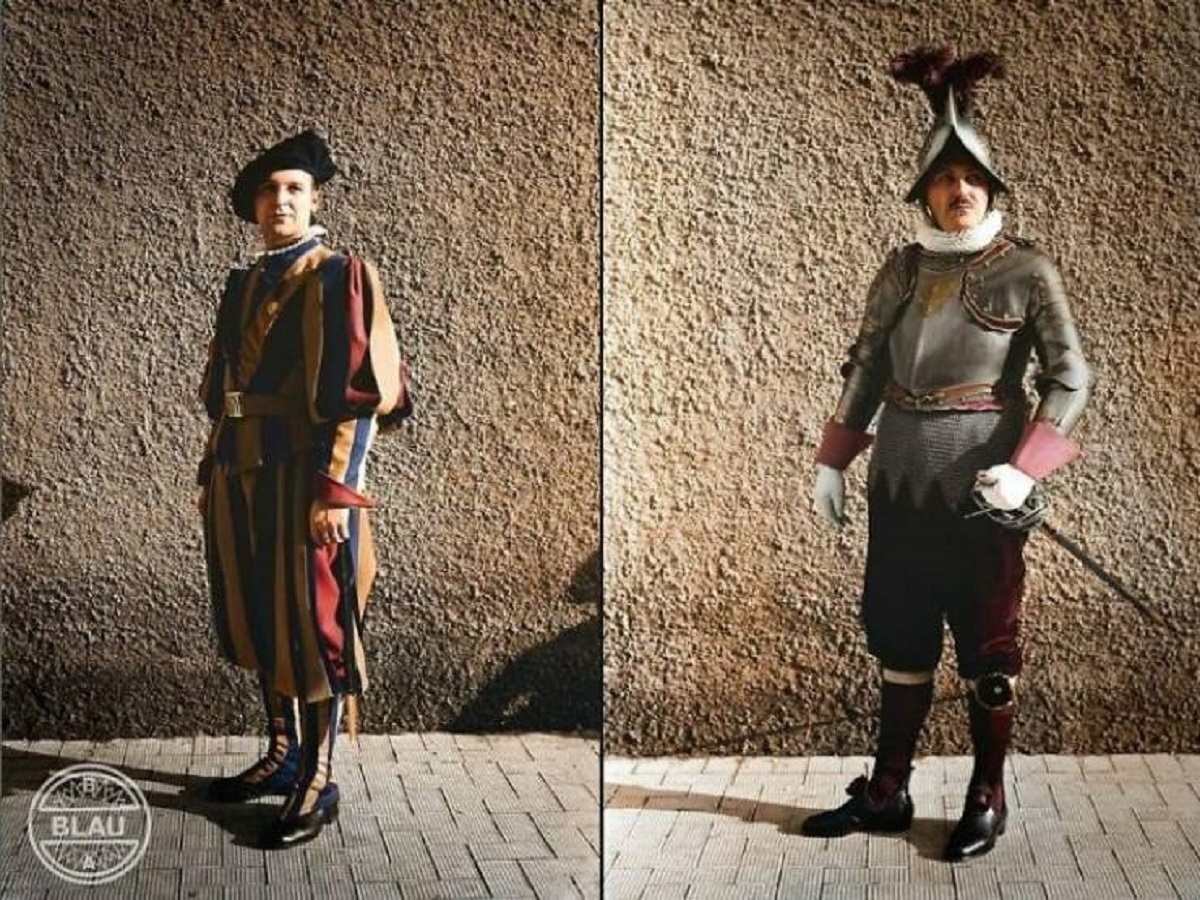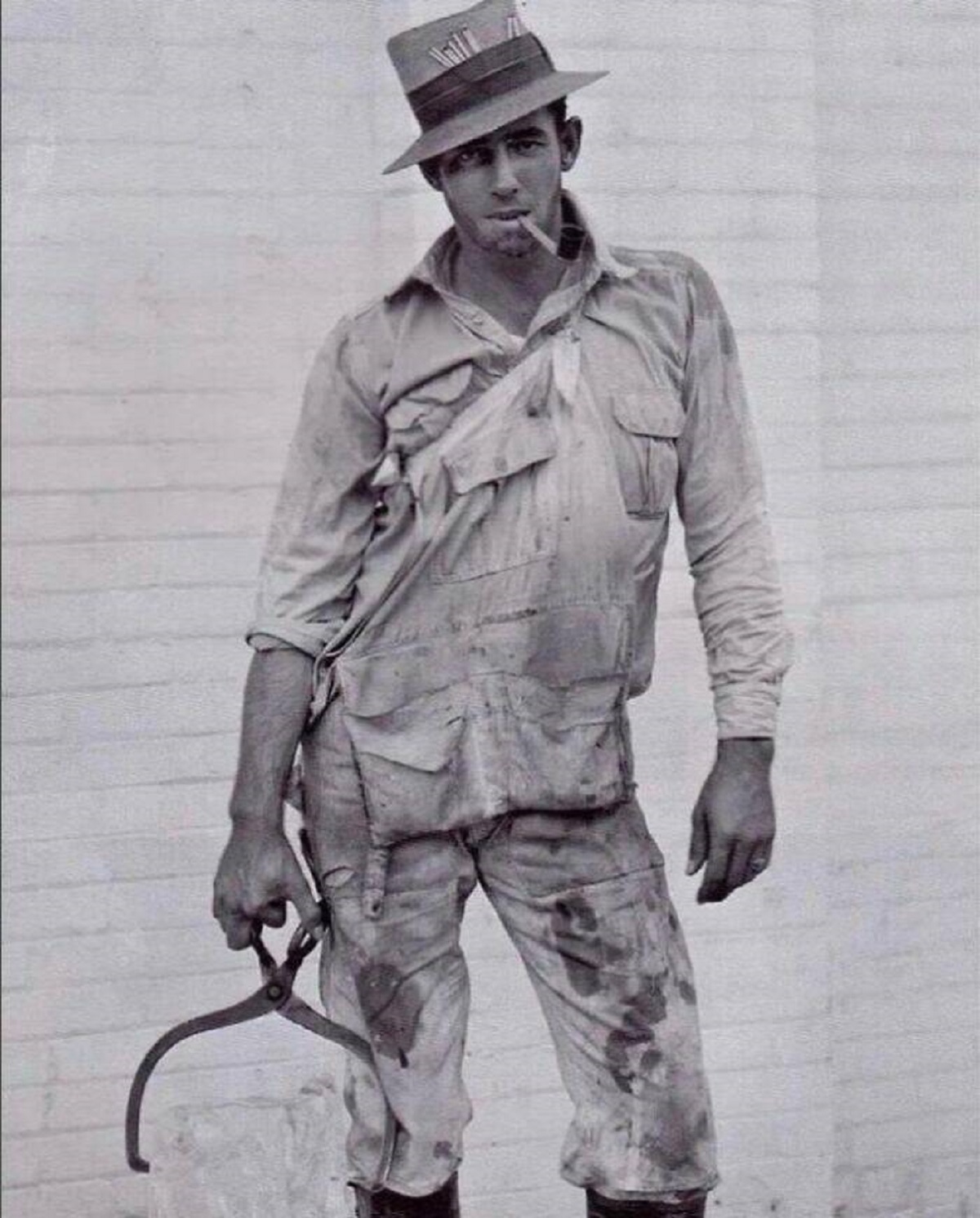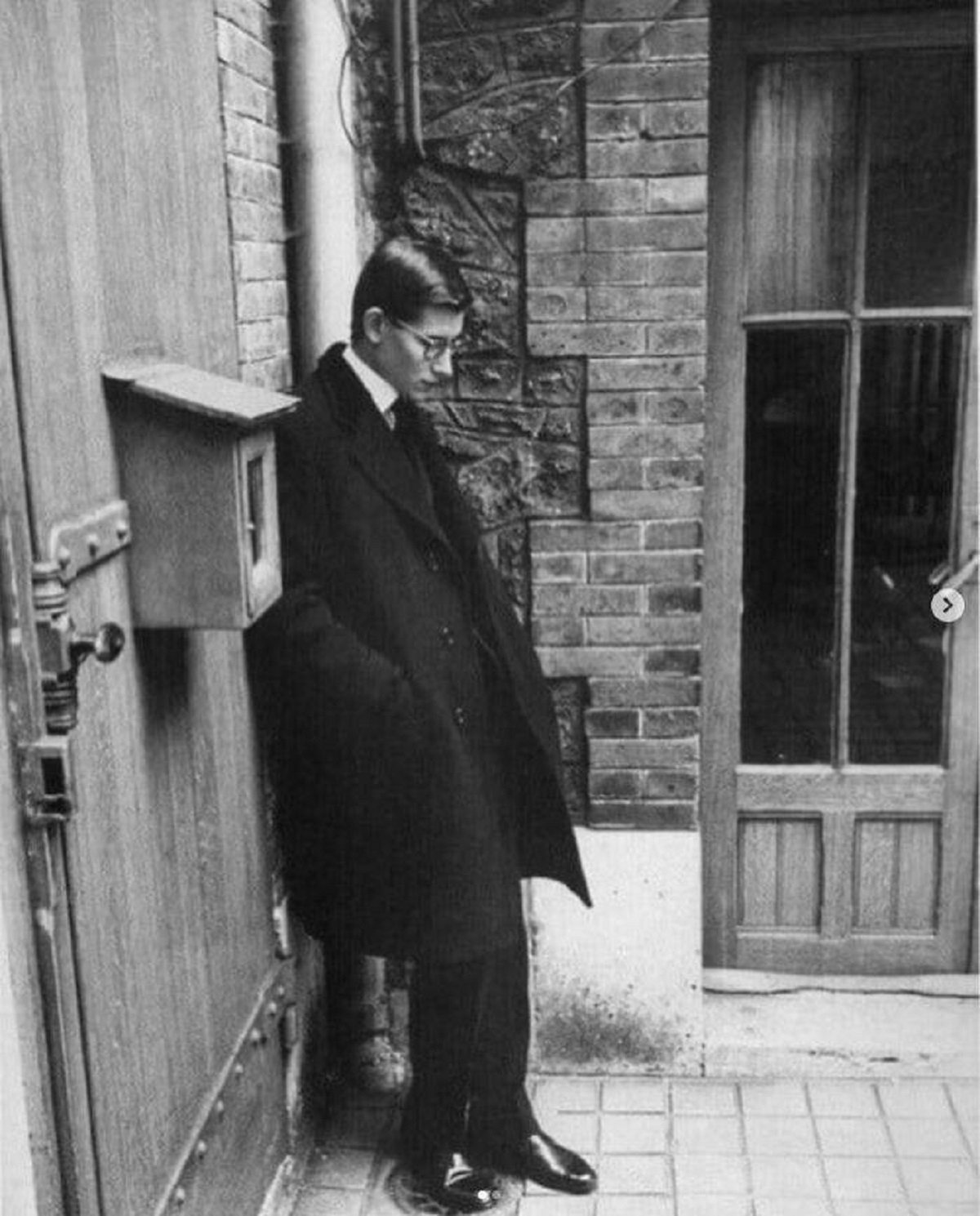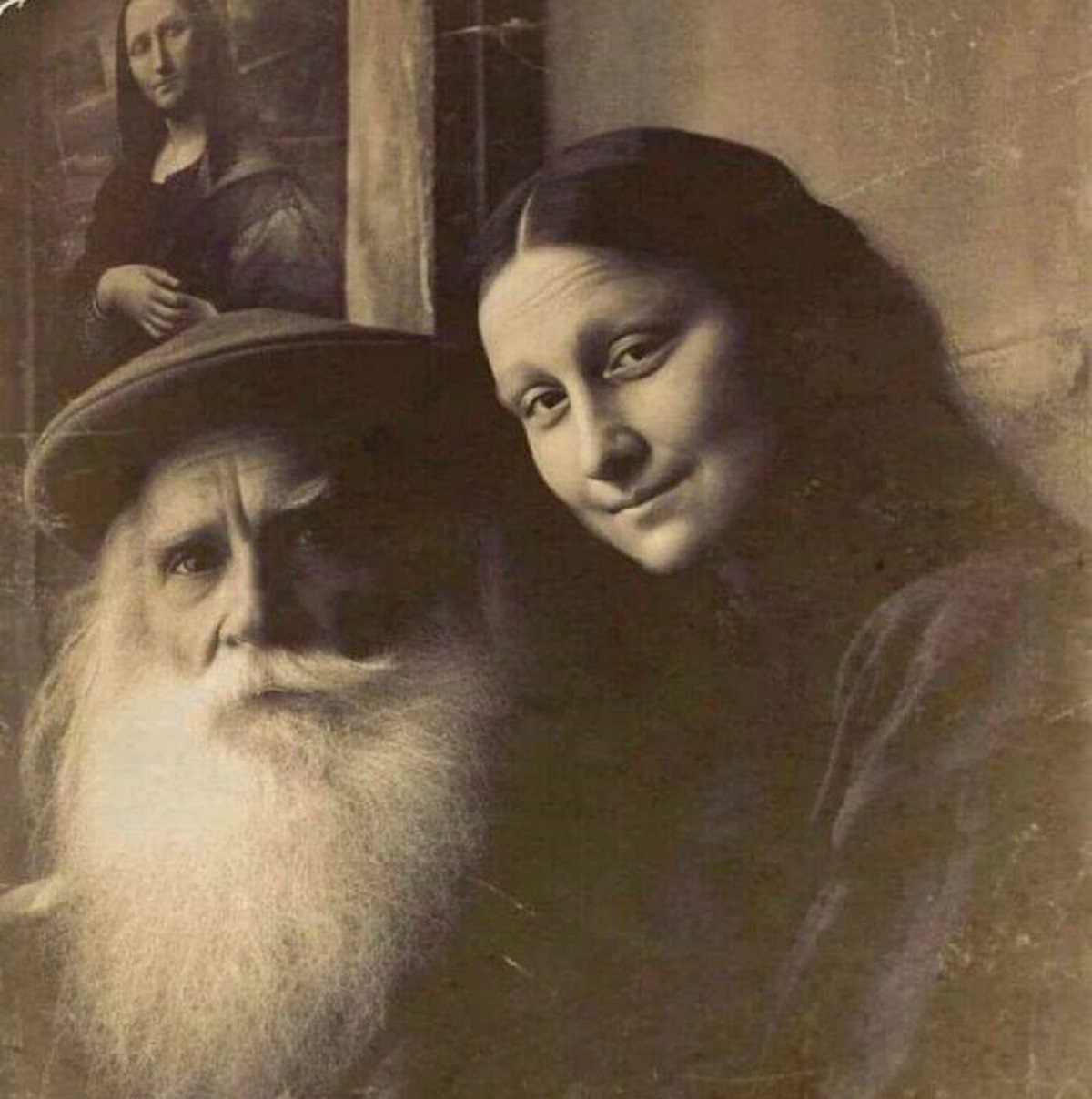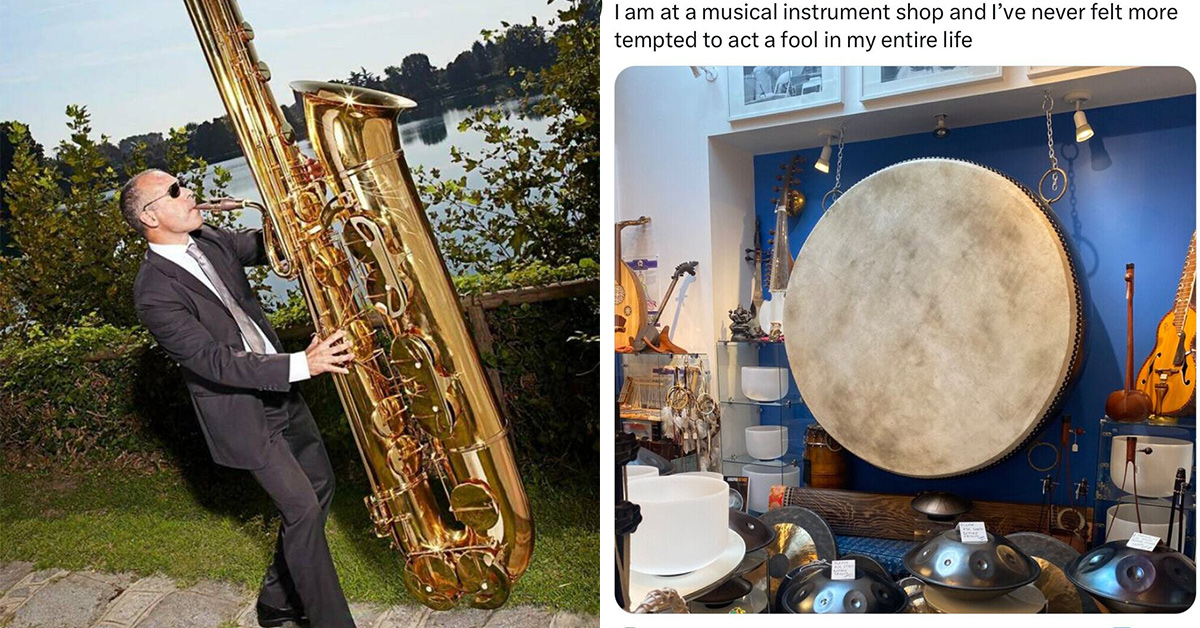37 One-Of-a-Kind Photos from History Consider
You know what they say, "those who don't know history are doomed to repeat it." And while we agree, I don't think my learning about the Titanic has stopped me from repeating it, at least, I don't think it has.
Published 7 months ago in Ftw
You know what they say, "those who don't know history are doomed to repeat it." And while we agree, I don't think my learning about the Titanic has stopped me from repeating it, at least, I don't think it has.
But I could be wrong, and I wonder if you have any personal experiences that would have gone differently had you had the right historical context to understand yourself and your potential failure.
Take image one for instance. What would you have done differently had you known your cement truck would crash, leaving your cement mixer to be defaced by the community? Nothing. That's what we thought.
So don't worry about repeating history here, I doubt any of us are having such an impact on the world around us. Or heck, go out and repeat history, ain't nobody stopping you.
1
"Back In 1971, Close To Winganon, Oklahoma, There Was A Cement Truck Accident" "The weight of the mixer was so immense that relocating it wasn't feasible, prompting the decision to abandon it in place. Over time, the community members took it upon themselves to give the truck a makeover, transforming its appearance into that of a NASA space capsule."5
"During The Ming Dynasty, A Method Was Used Where Smallpox Scabs Were Ground Into A Powder And Blown Into The Noses Of Healthy Individuals" "This would result in these individuals contracting a milder form of smallpox, and upon recovery, they would gain immunity to the disease. Although this technique had a 1-3% mortality rate, it was significantly lower than the 20-30% mortality rate associated with smallpox itself. This practice of deliberately exposing healthy individuals to smallpox-infected material in the hopes of providing immunity was known as variolation. The earliest documented case of variolation involves a Buddhist nun living on a mountain named O-Mei Shan in the southern province of Szechuan, China, during the period between 1022 and 1063 AD. She began practicing variolation after noticing that those who survived smallpox did not contract the disease again. It wasn't until 1796 that English Physician Edward Jenner discovered a vaccination for smallpox. He achieved this by injecting pus from a cowpox sore found on a milkmaid into an eight-year-old boy. Six weeks later, he attempted to infect the boy with smallpox, but the boy did not develop the disease, indicating that the prior exposure to cowpox had protected him from infection."7
"Captured In 1914, This Image Portrays A Chest X-Ray Being Taken Within Dr. Maxime Menard's Radiology Division At Cochin Hospital In Paris" "Regrettably, Menard would eventually experience the loss of one of his fingers due to the adverse effects stemming from his operation of the X-ray equipment."8
"Over The Years, We Have Allocated A Significant Amount Of Public Space To Accommodate Cars" "This illustration was created by Swedish artist Karl Jilg, commissioned by the Swedish Road Administration, to visually represent the extent of public space that has been dedicated to car-related infrastructure and transportation."19
"The Great Blizzard Of 1888 Stands As One Of The Most Severe Blizzards Ever Recorded In American History" "This tempest rendered the East Coast immobile, depositing snow ranging from 10 to 58 inches (25 to 147 cm) across various regions of New Jersey, New York, Massachusetts, Rhode Island, and Connecticut. The included photograph captures an unidentified young man positioned within a cleared space on Madison Avenue and 40th Street in New York City. The storm's impact was far-reaching: railways ceased operations, and individuals were confined to their residences for up to a week. Telegraph and railway lines suffered disruptions, prompting the decision to relocate these essential infrastructures underground."21
"In 1939, Albert Einstein Was Captured In A Photo At Nassau Point, New York, Sporting Sandals" "Seated beside him was his friend and local store proprietor, David Rothman. An amusing incident preceded this snapshot, stemming from Einstein's heavily accented request for a pair of "sundahls," which Rothman misunderstood as "sundial." After some initial confusion in the store, Einstein eventually acquired the white sandals he was wearing for $1.35. He took the situation in good humor, attributing it to his "atrocious accent." Despite the mix-up, the two men maintained a strong friendship."27
"Grotto In An Iceberg, 1911" "Geologist Thomas Griffith Taylor and Meteorologist Charles Wright photographed on the 5 January 1911 at the entrance of a grotto in the side of an iceberg with the Terra Nova ship in the background. This was a part of the British Antarctic Expedition led by Captain Robert Falcon Scott which lasted from 1910-1913."28
"The Solvay Conference On Quantum Mechanics, 1927" "The 1927 Solvay Conference on Quantum Mechanics at the Institut International de Physique Solvay in Brussels, Belgium. This image features many of the greatest scientists in modern history. Some of those that you may recognize are: Albert Einstein, Marie Curie, Max Planck, Niels Bohr, and Auguste Piccard"30
"Rosa Parks Being Indicted, 1956" "Rosa Parks being fingerprinted by Lieutenant D. H. Lackey as one of the people indicted as leaders of the Montgomery bus boycott on February 22, 1956. She was one of 73 people rounded up by deputies that day after a grand jury charged 113 African Americans for organizing the boycott"31
"In 1935, While Visiting London, Kayan Lahwi Women Observed A Guard Stationed At St James's Palace" "The Kayan Lahwi, alternatively referred to as Padaung, constitute a minority ethnic community residing in Myanmar and Thailand. Their unique tradition involves elongating coils as the women mature, which results in the compression of the rib cage and the displacement of the collarbone. This practice gives the illusion of an extraordinarily elongated neck."36
"In 1957, A 21-Year-Old Yves Saint Laurent Attended Christian Dior's Funeral, Which Marked A Significant Moment In His Life "YSL had a deep admiration for Dior, expressing, "Dior fascinated me. I couldn't speak in front of him. He taught me the basis of my art. Whatever was to happen next, I never forgot the years I spent at his side." What's even more remarkable is the lesser-known story of Christian Dior's younger sister, Catherine. She played a courageous role in the French resistance during World War 2. In 1944, Catherine was captured by the Gestapo, enduring torture before being sent to the Ravensbrück and Buchenwald concentration camps. Remarkably, she survived both camps and was finally liberated near Dresden in 1945. Upon her return to Paris, Catherine's ordeal had taken a toll on her health, to the point where she was too sick to eat the welcome feast her brother Christian had prepared for her. She went on to testify against the Nazis and received several awards for her acts of resistance, including the Legion of Honour, the highest French order of merit. Christian Dior honored his sister by naming his first perfume "Miss Dior" after her. Despite her incredible bravery and resilience, Catherine remained averse to the spotlight, choosing to stay out of the public eye. Her inspiring story continued as she lived to the age of 90 and passed away in 2008, leaving behind a legacy of strength and courage."

